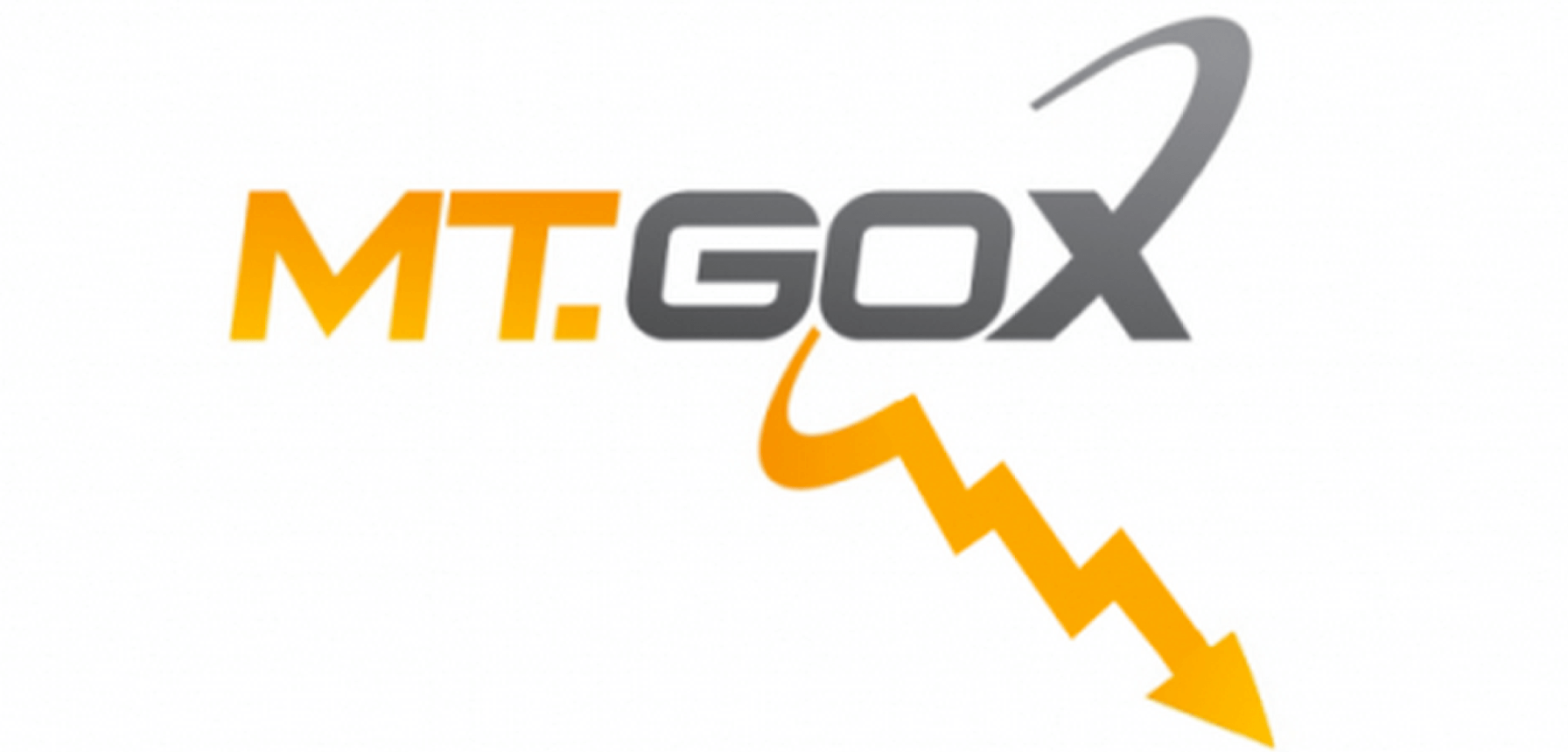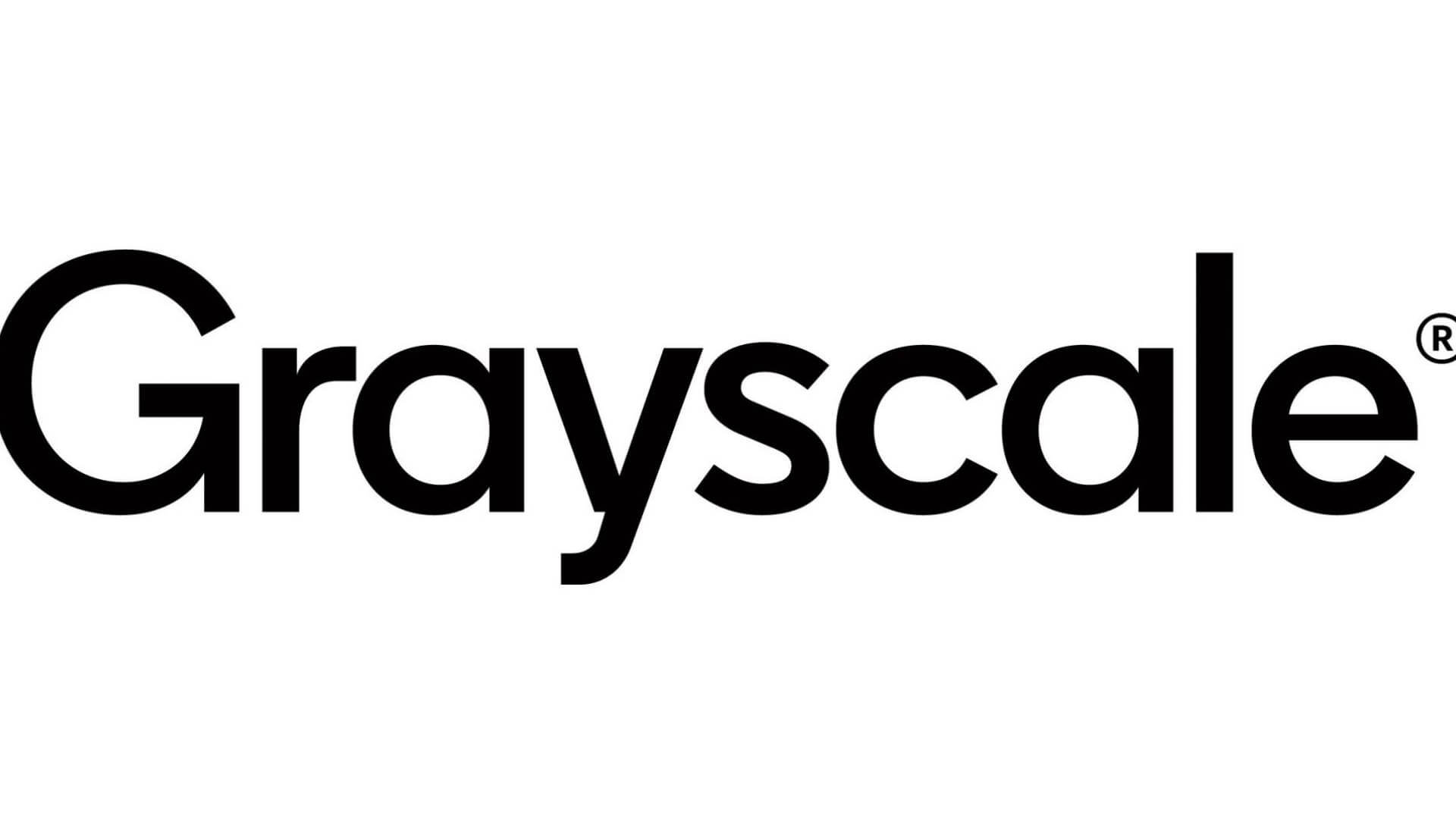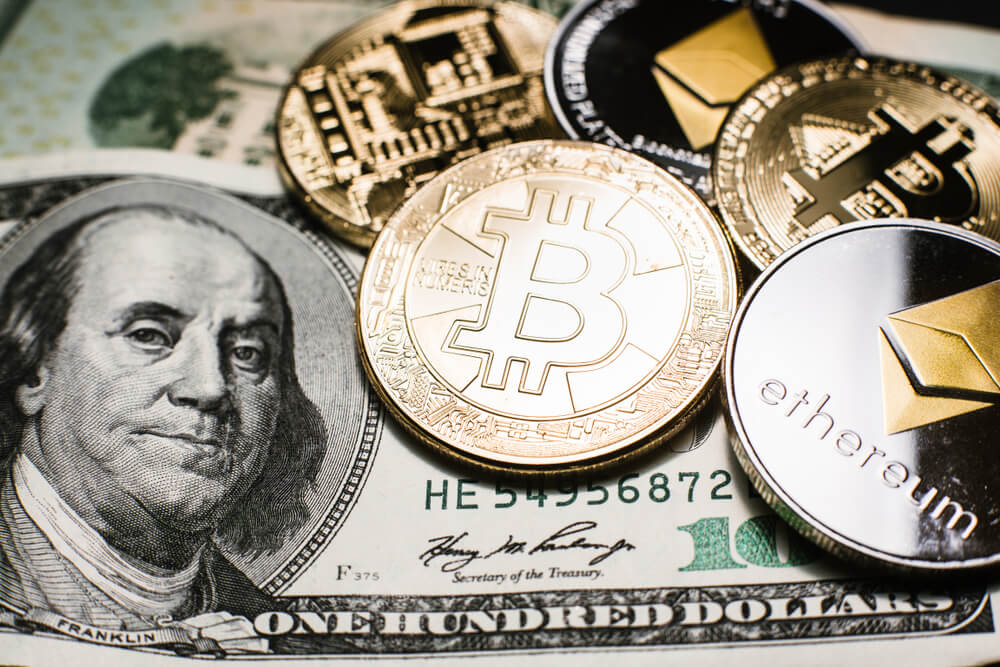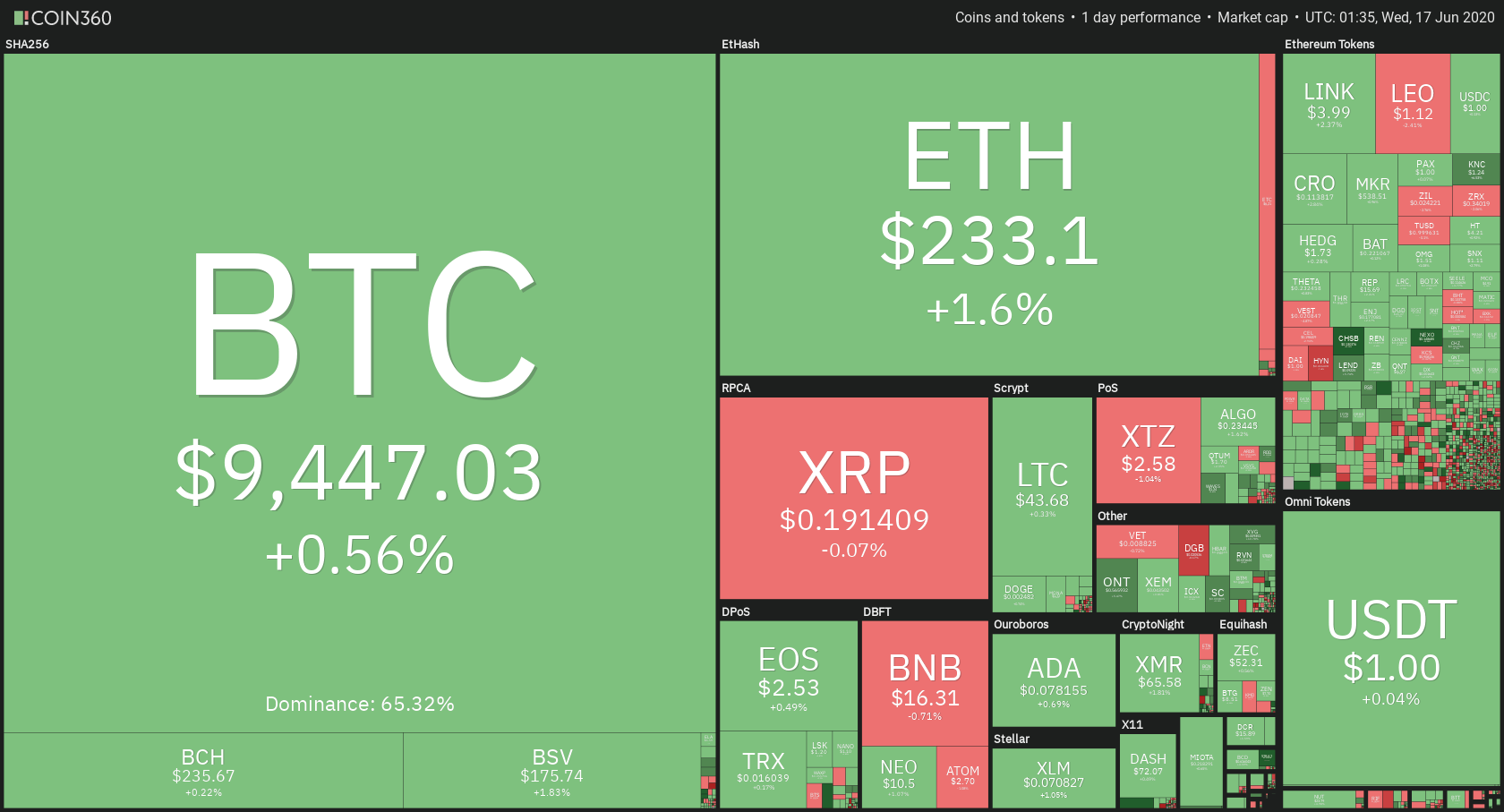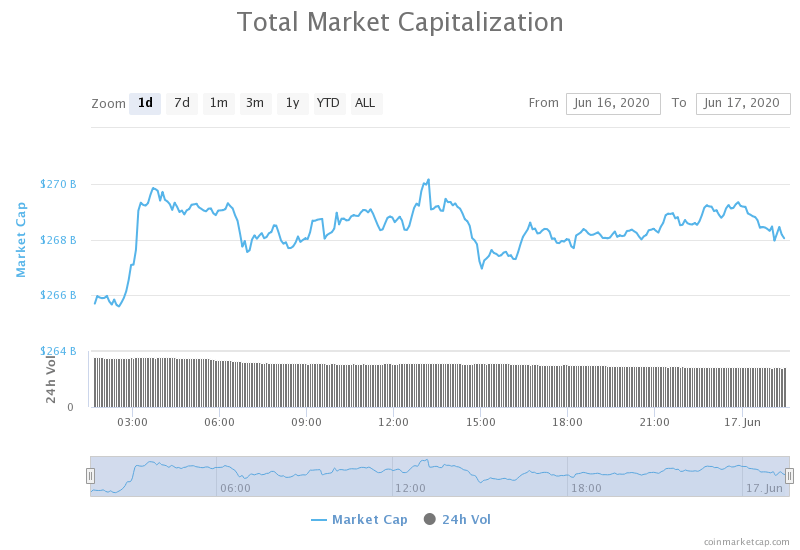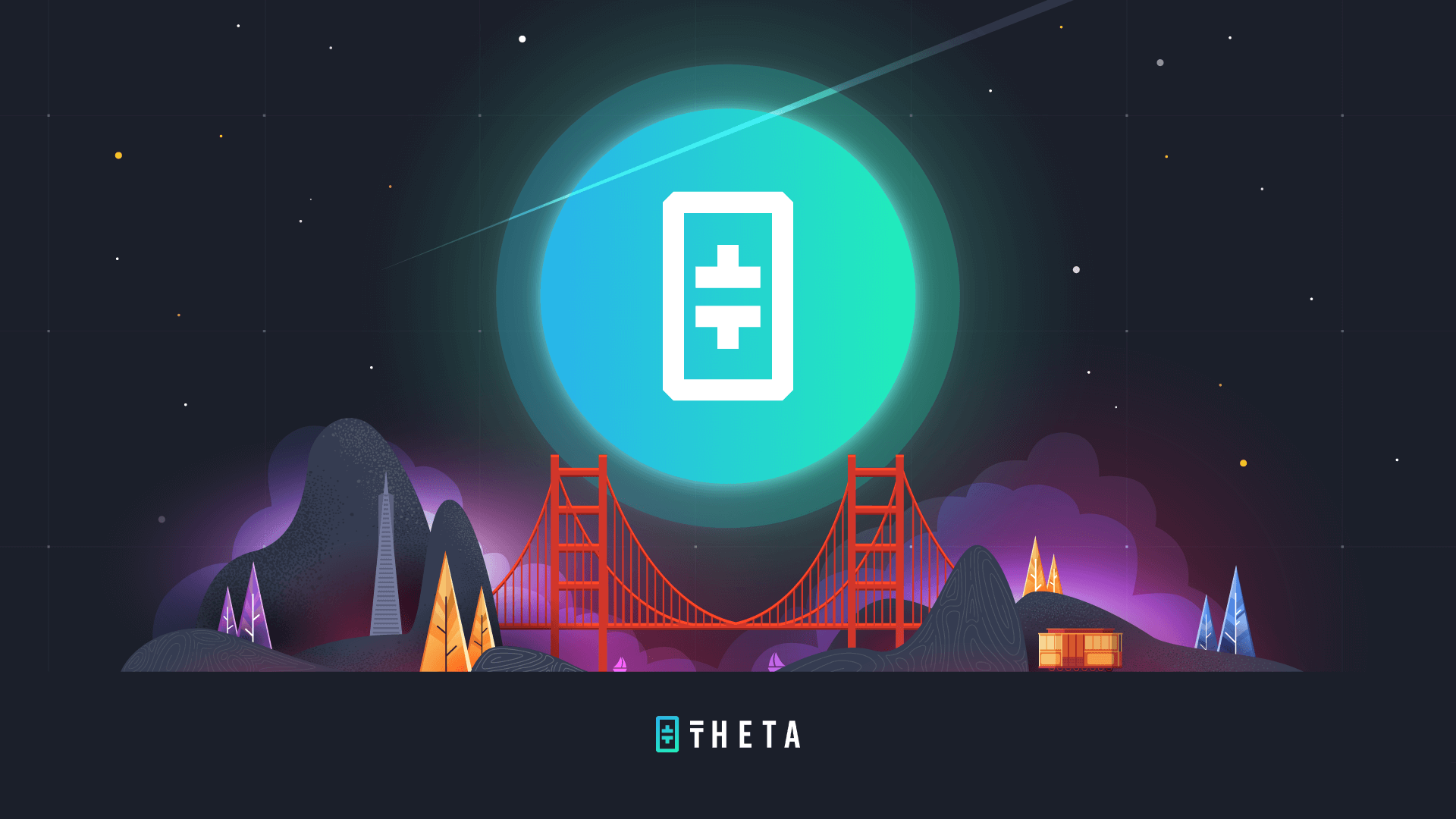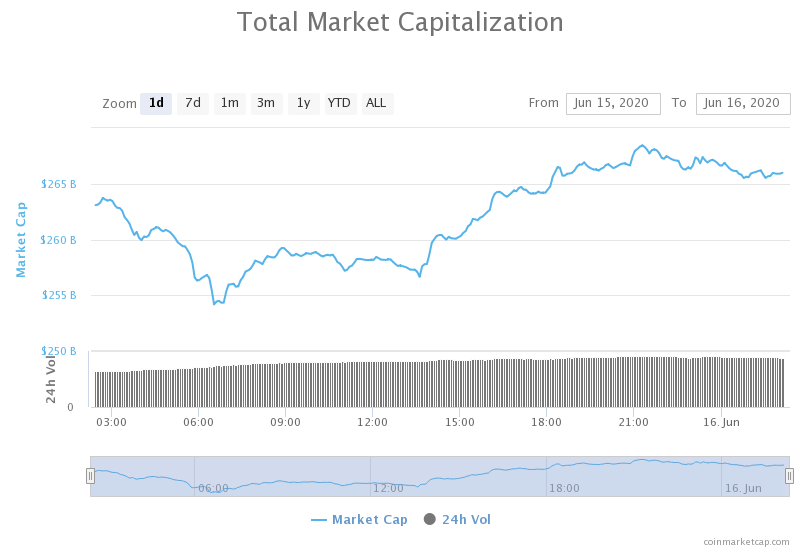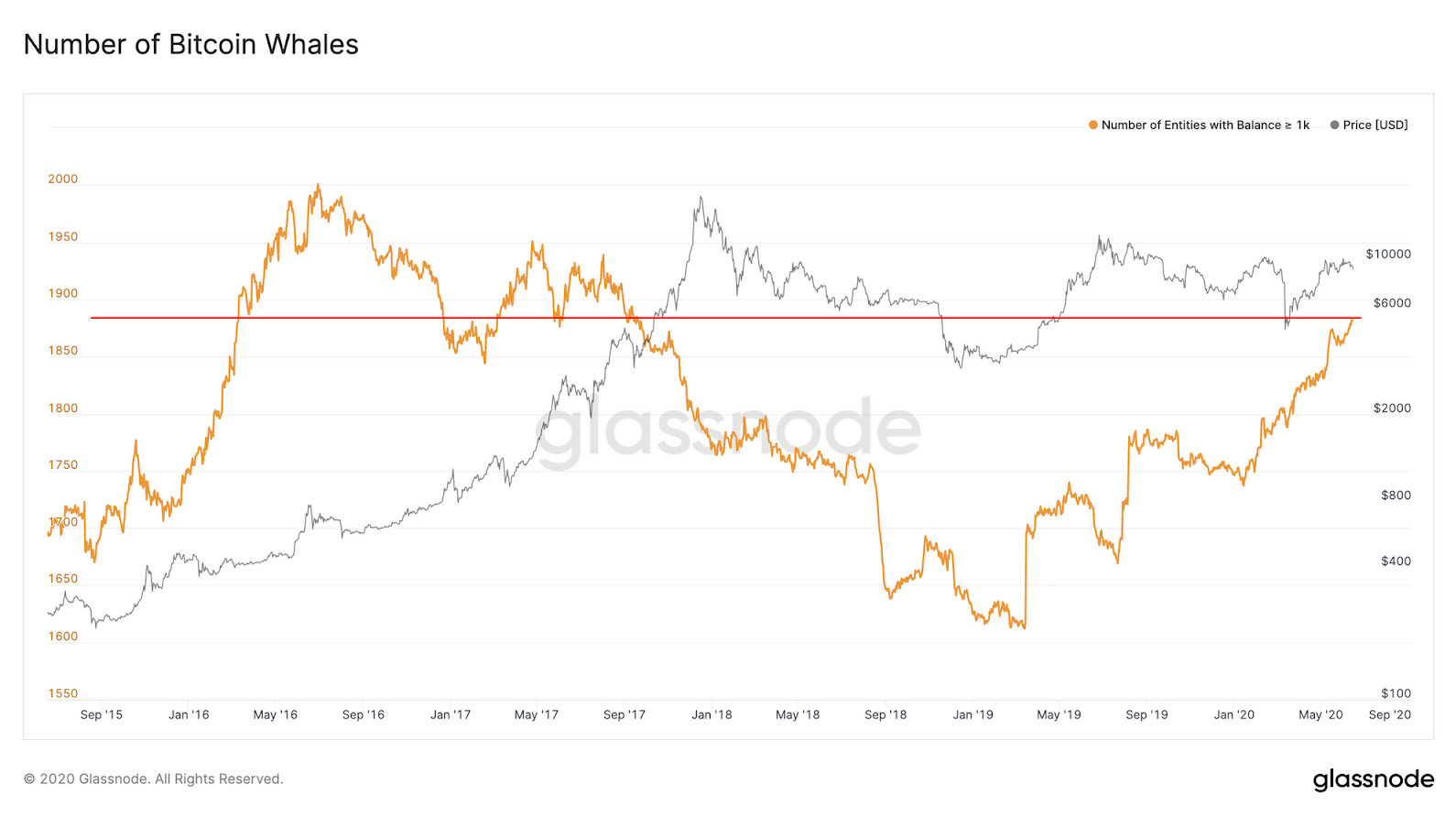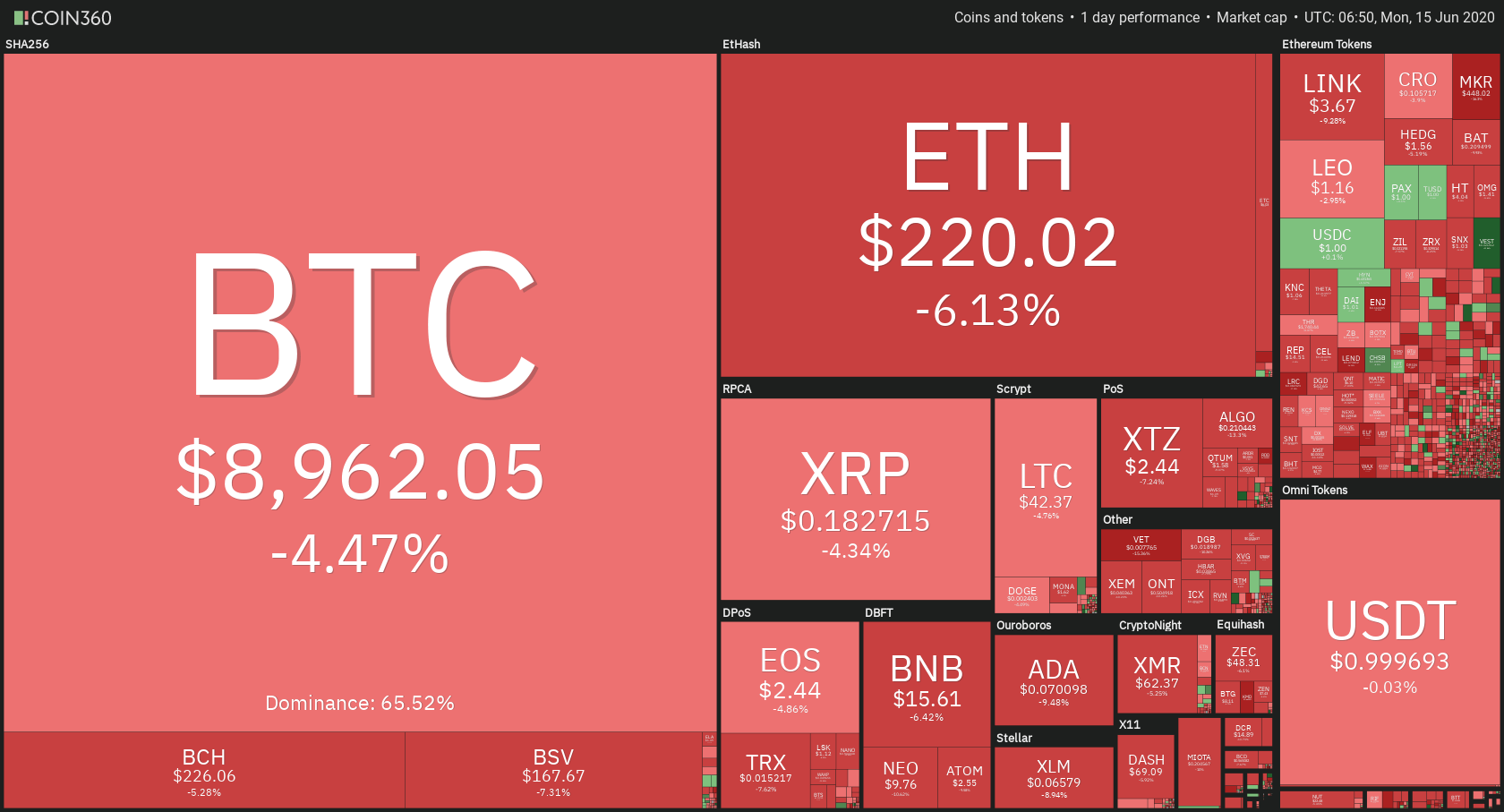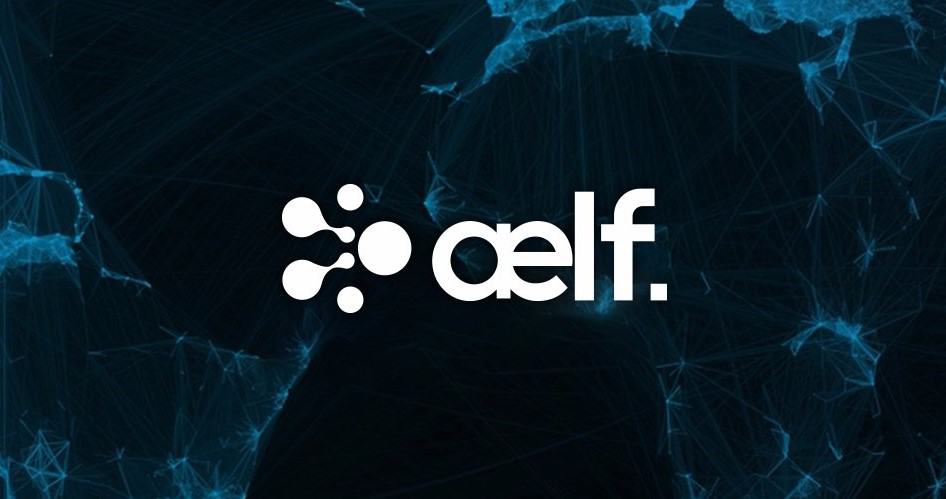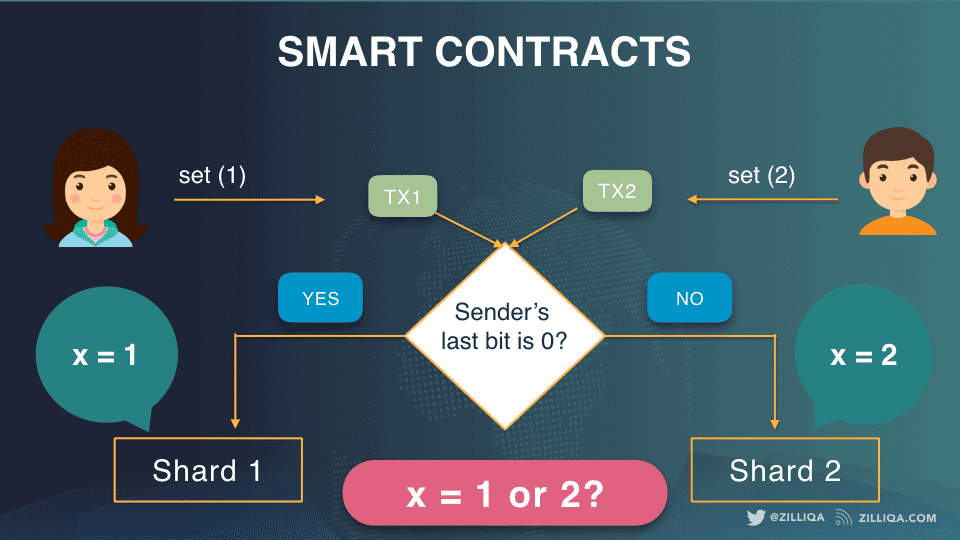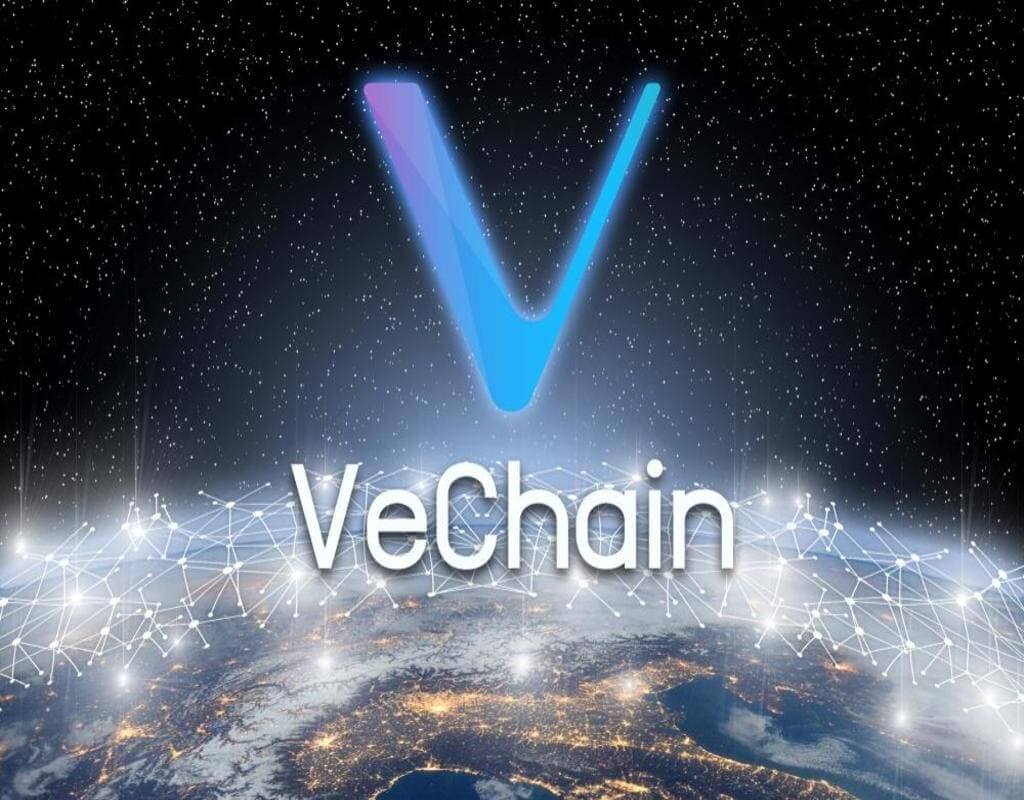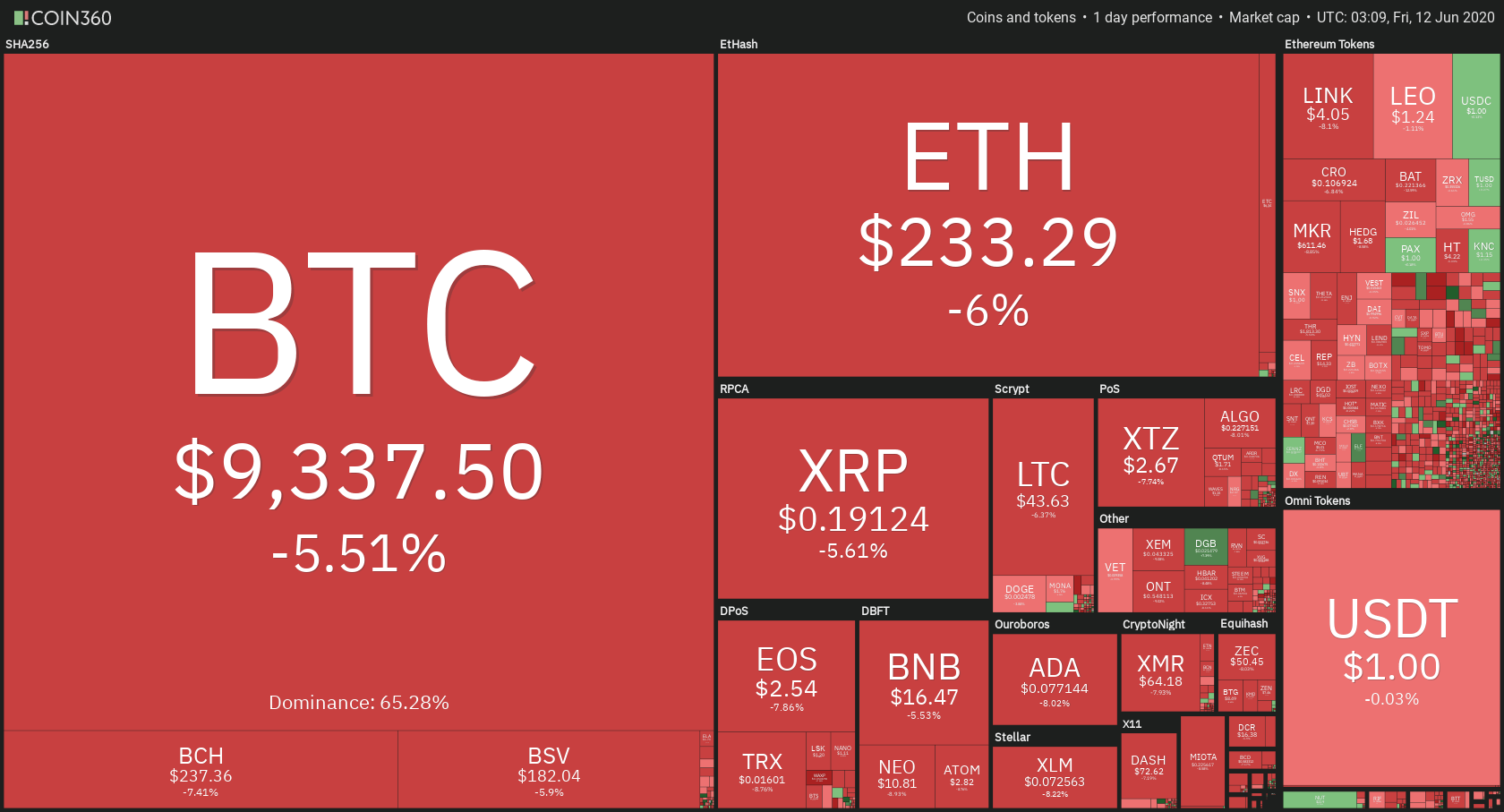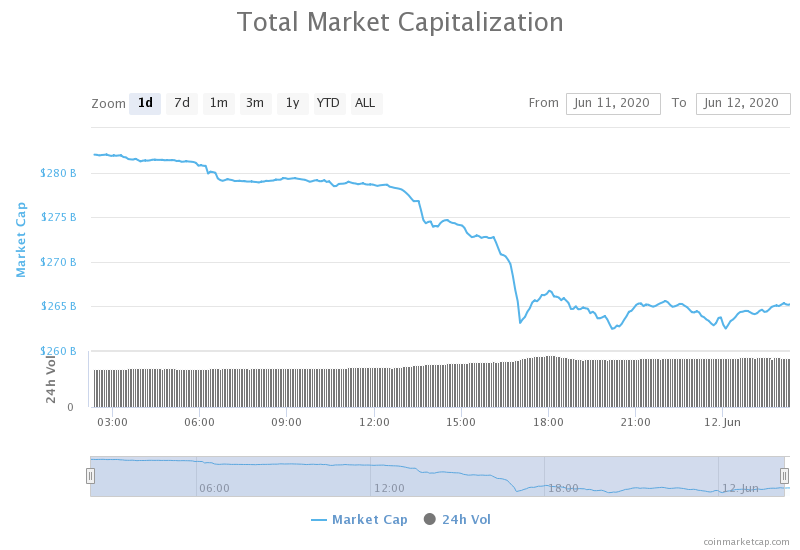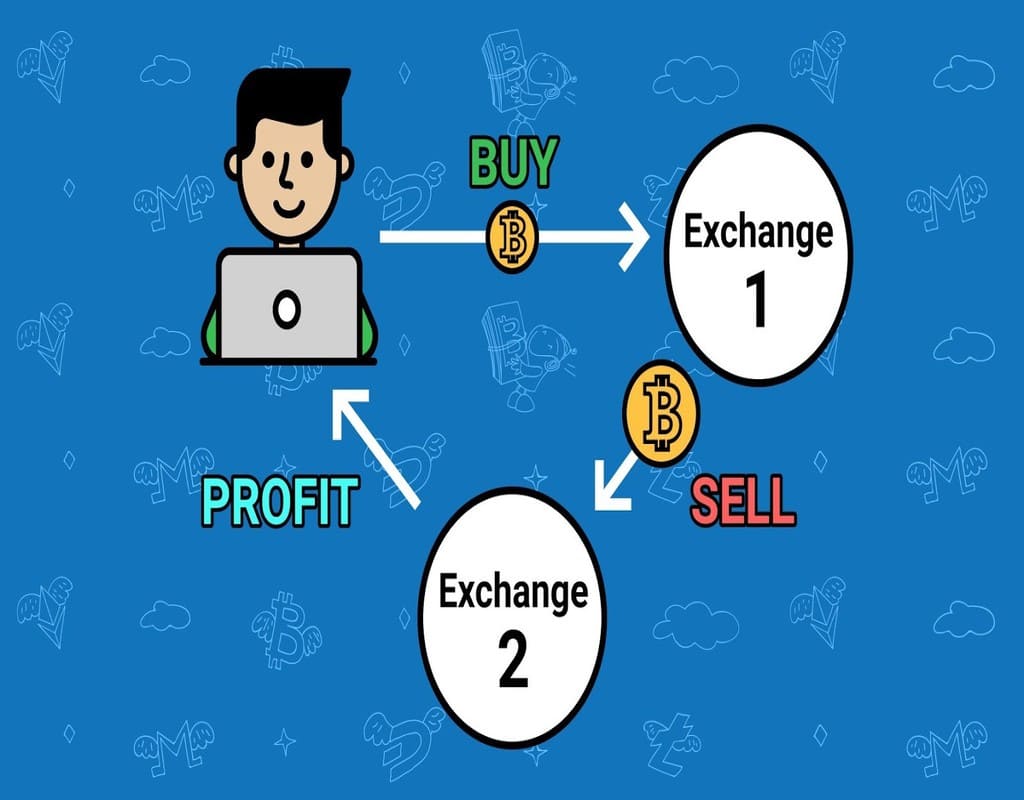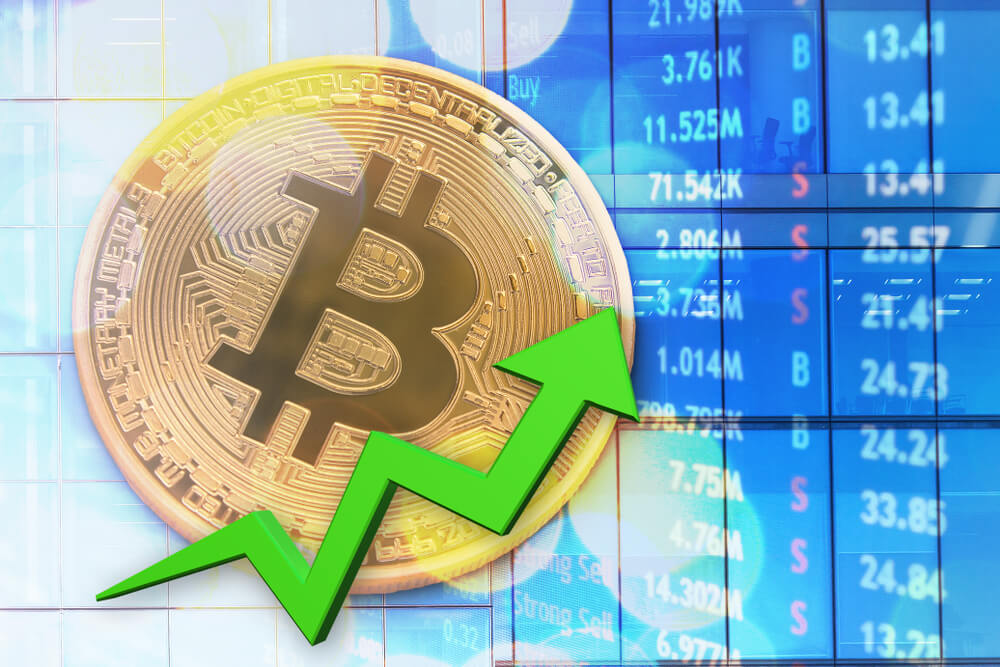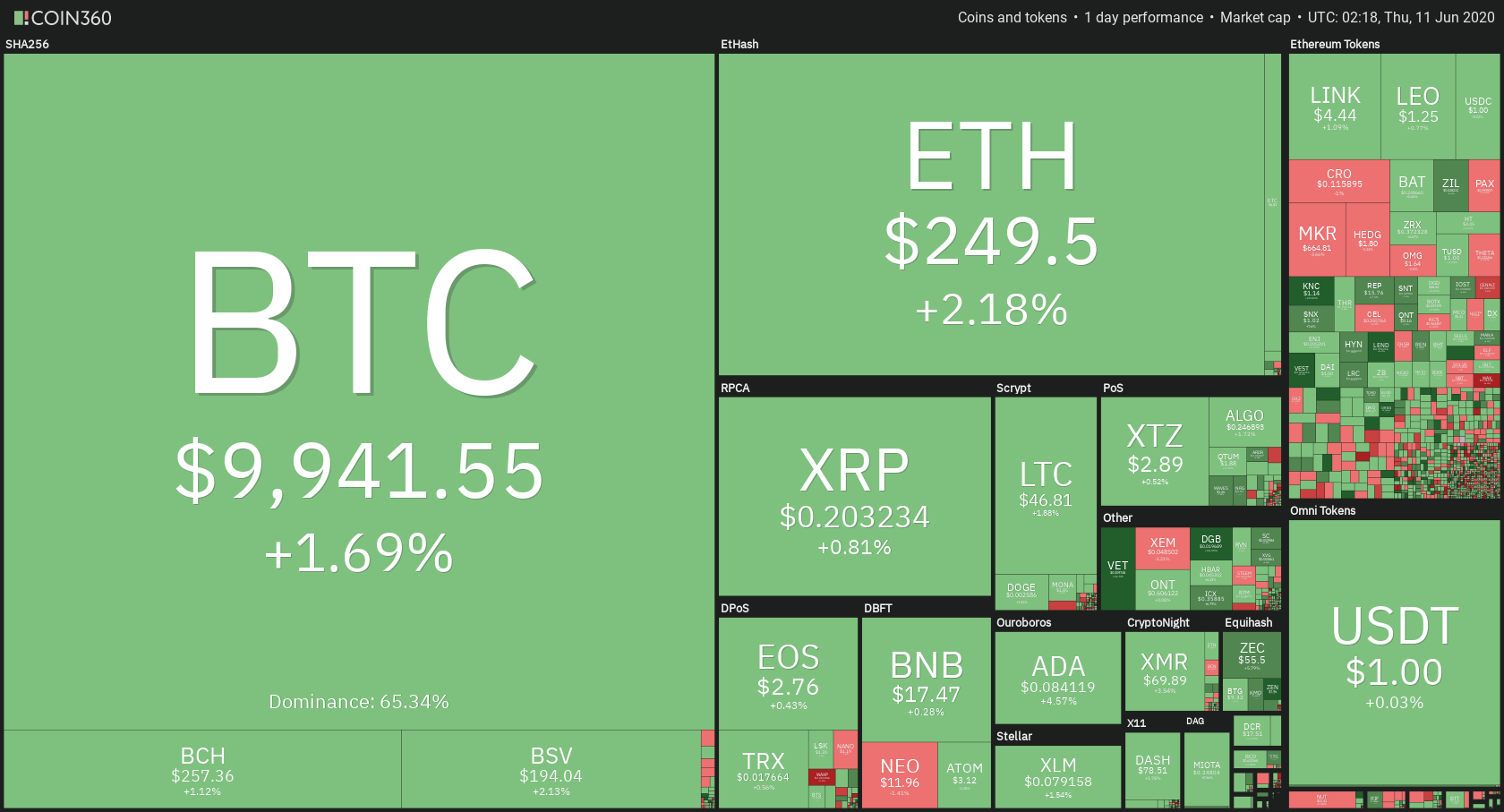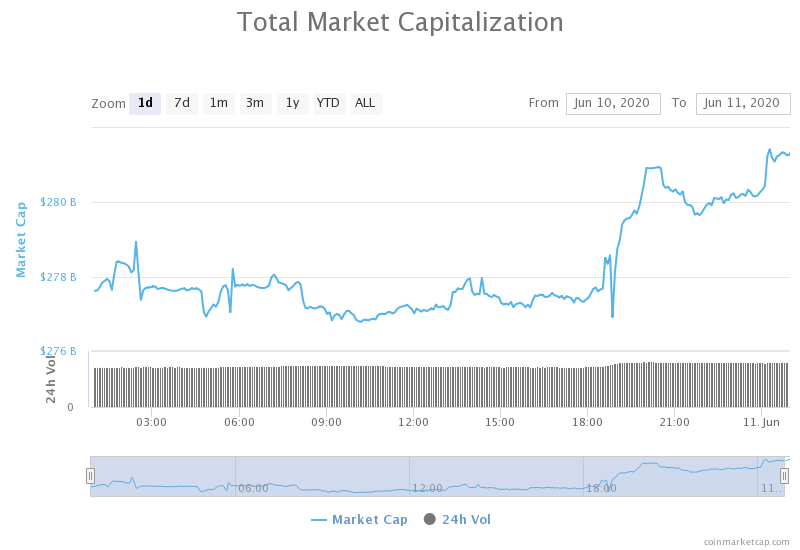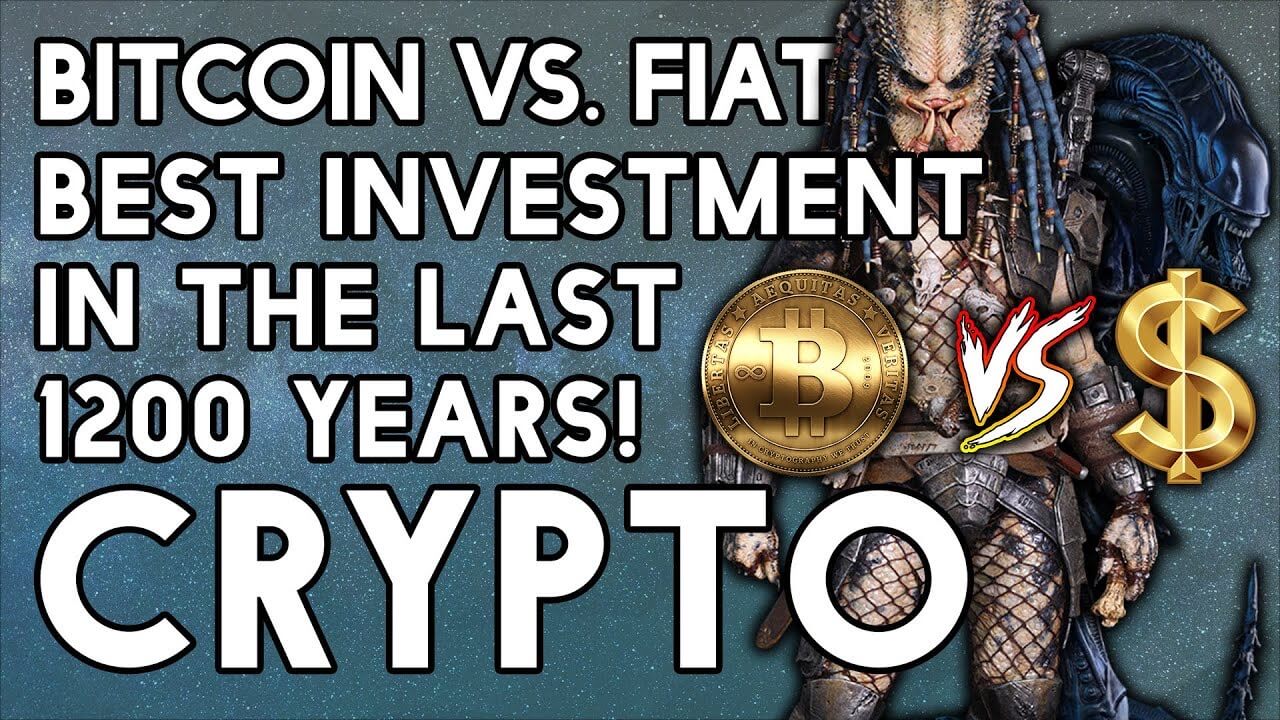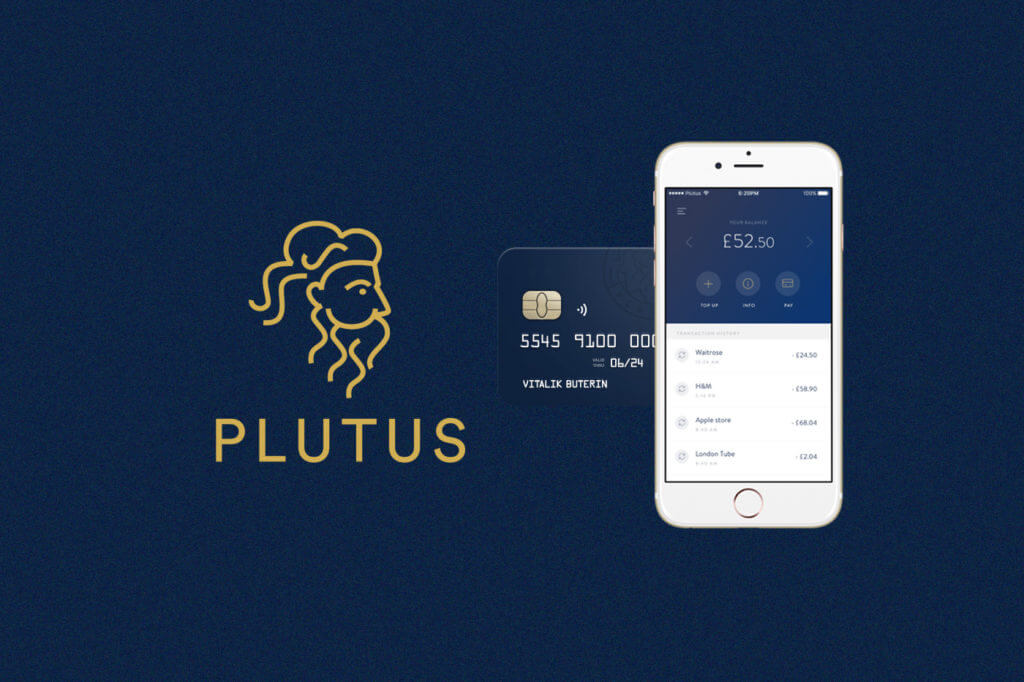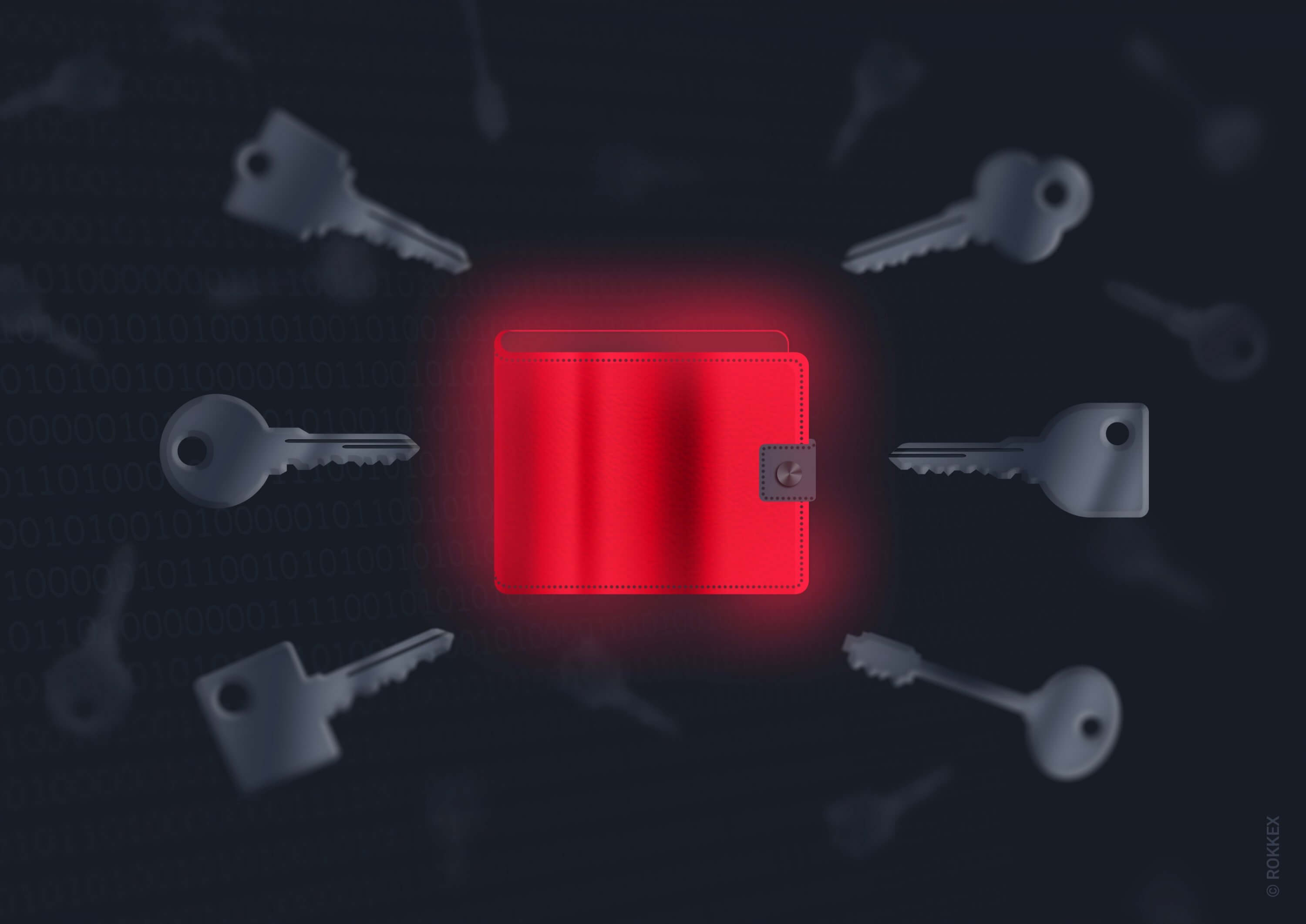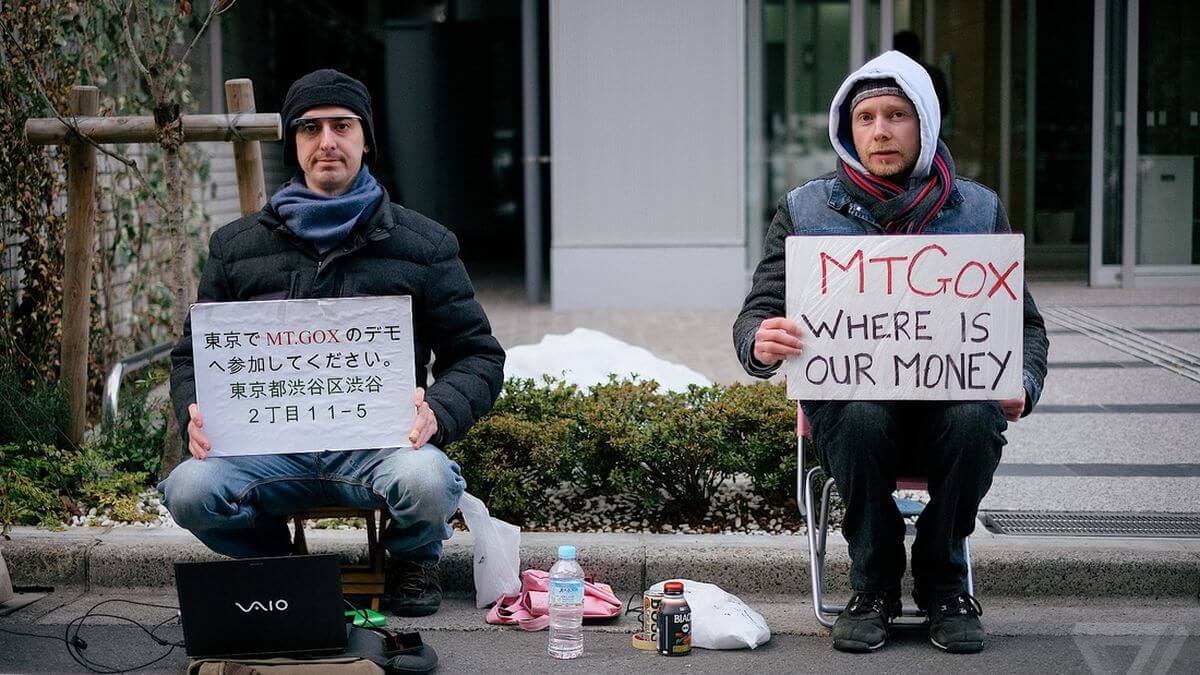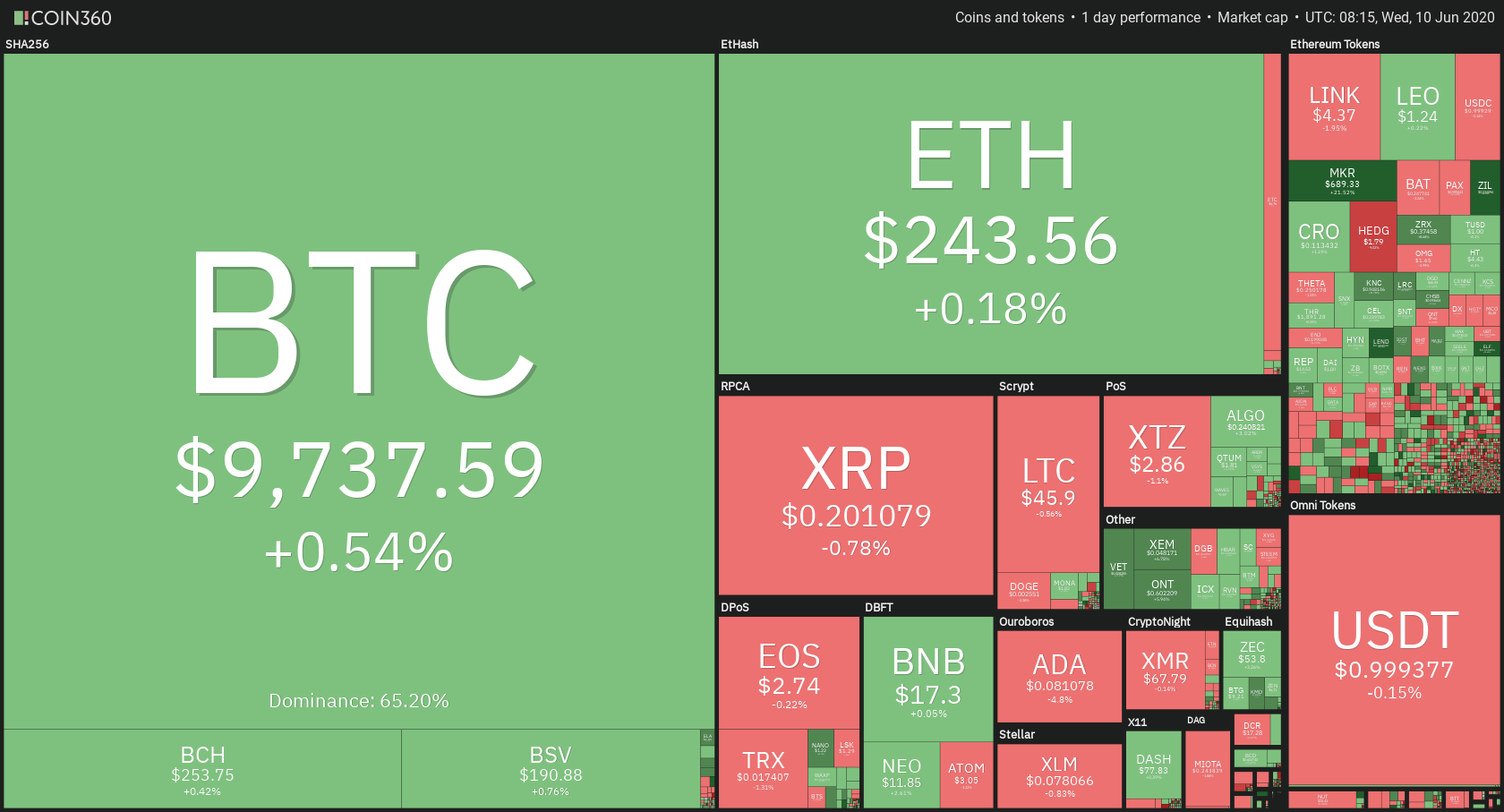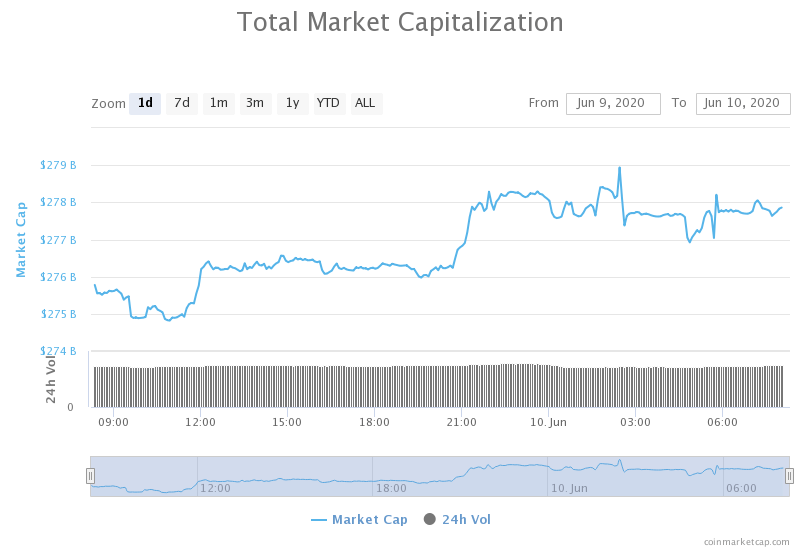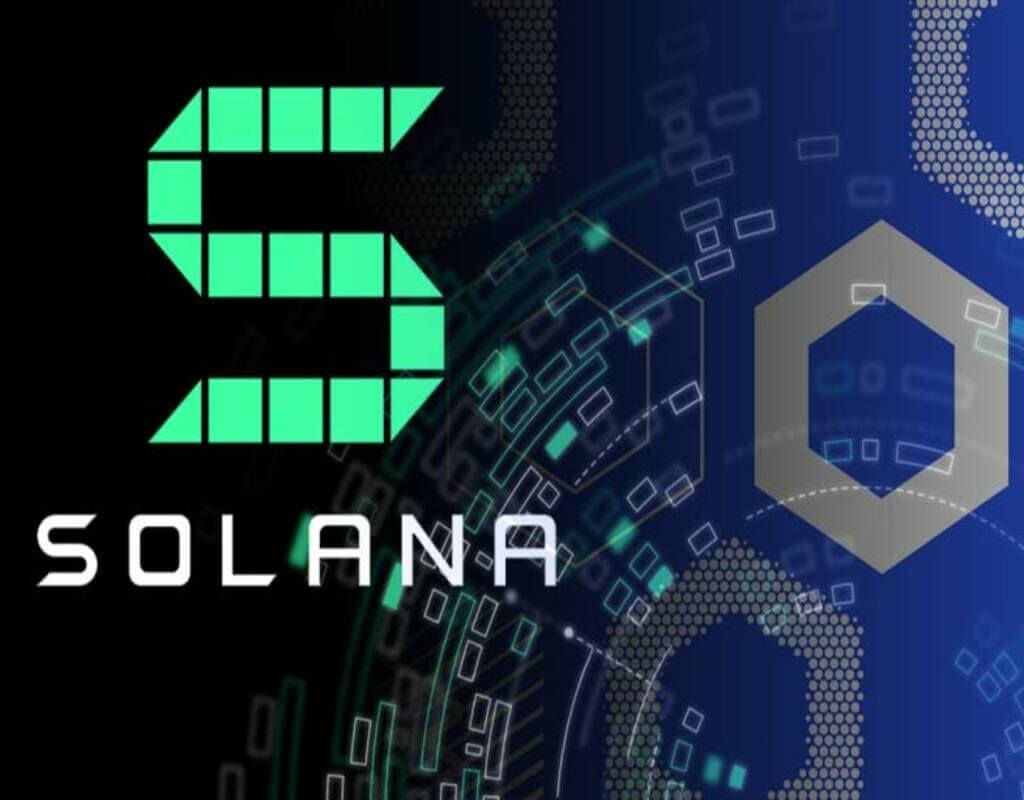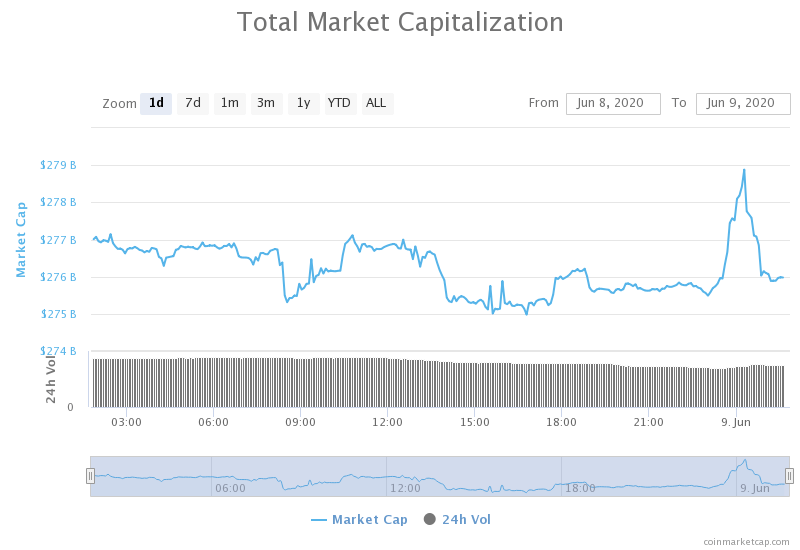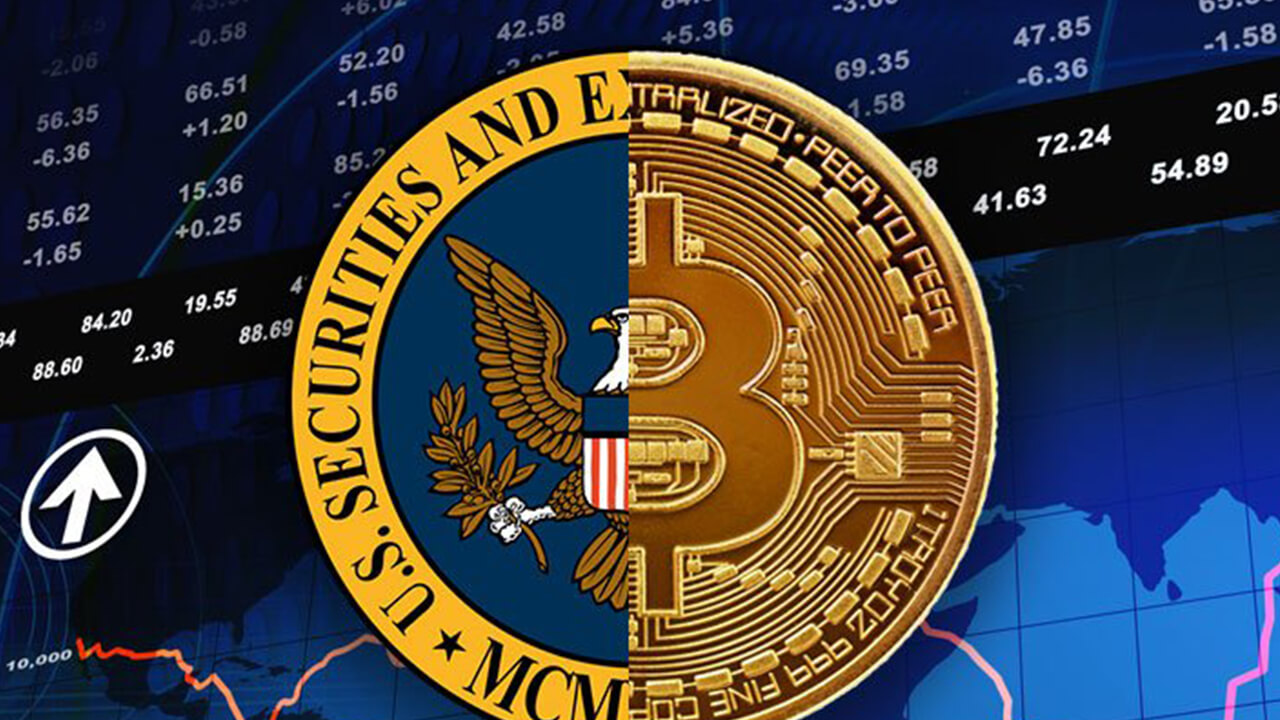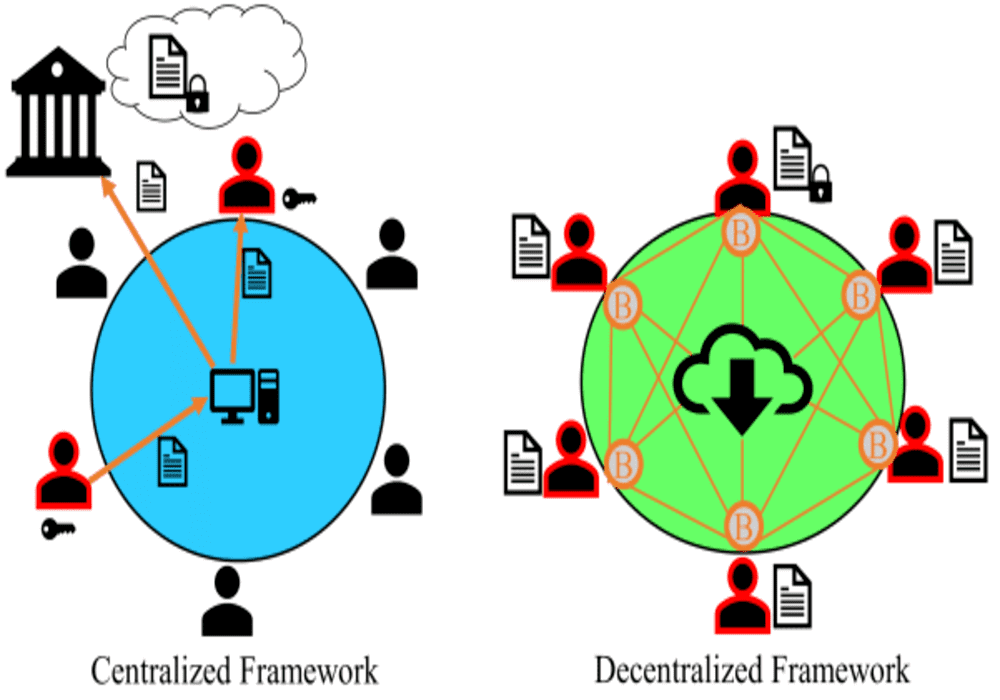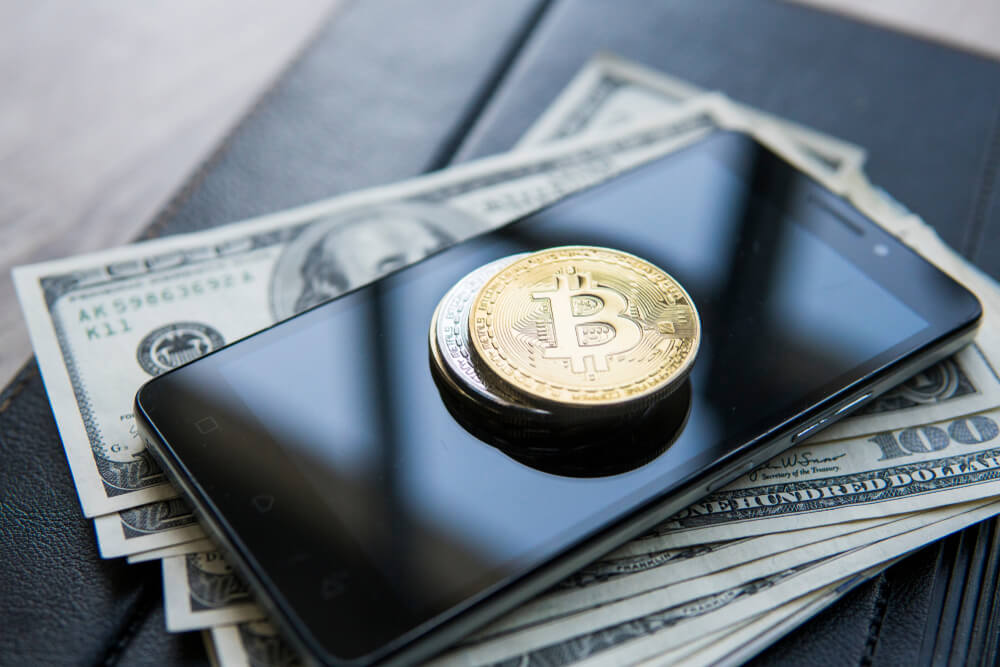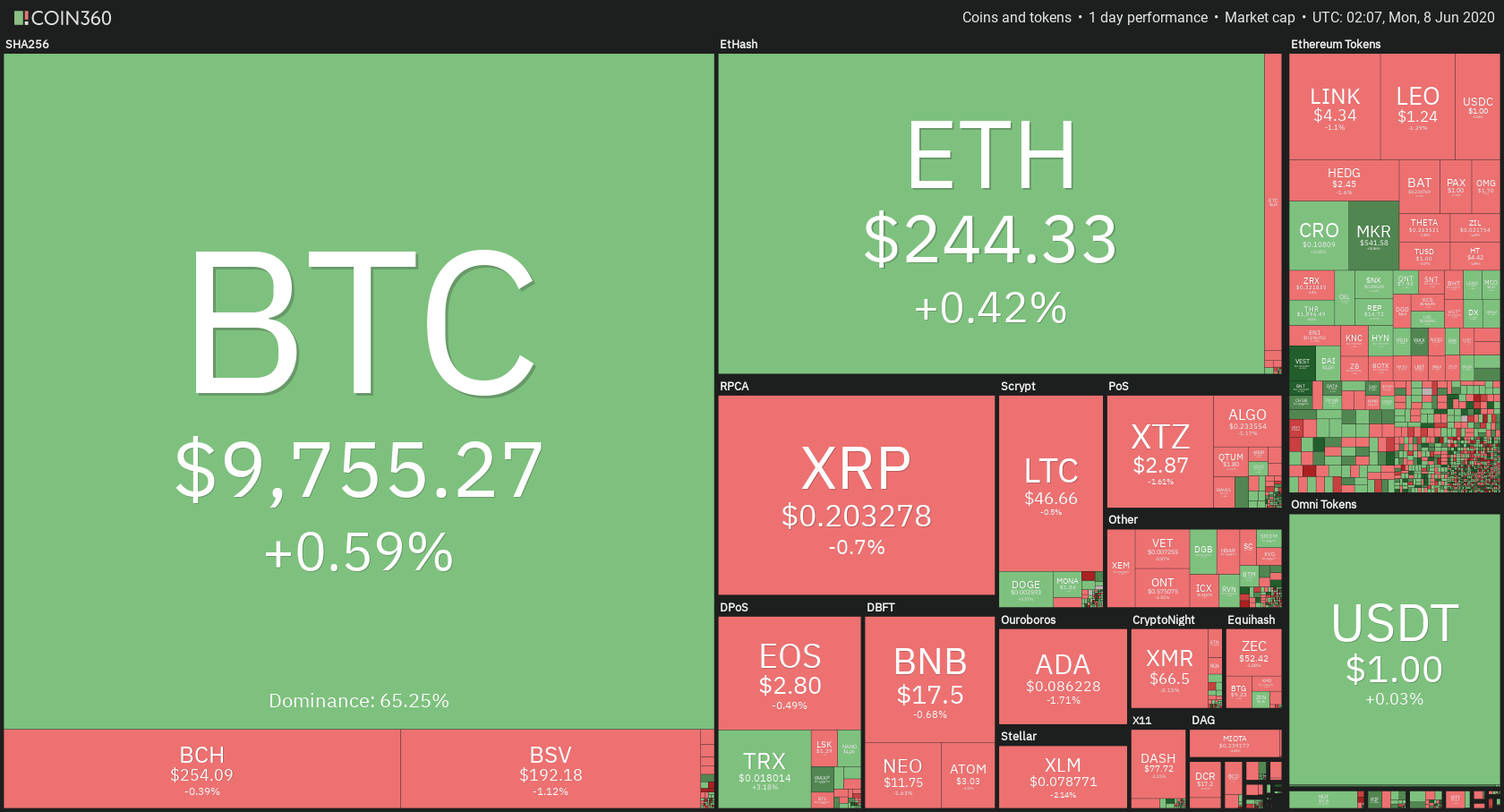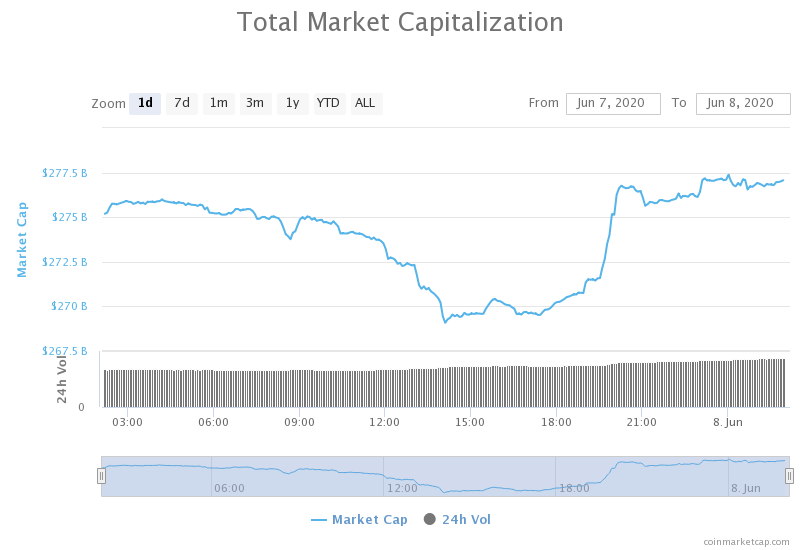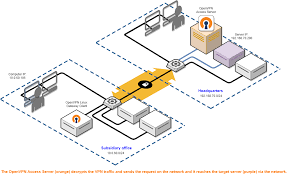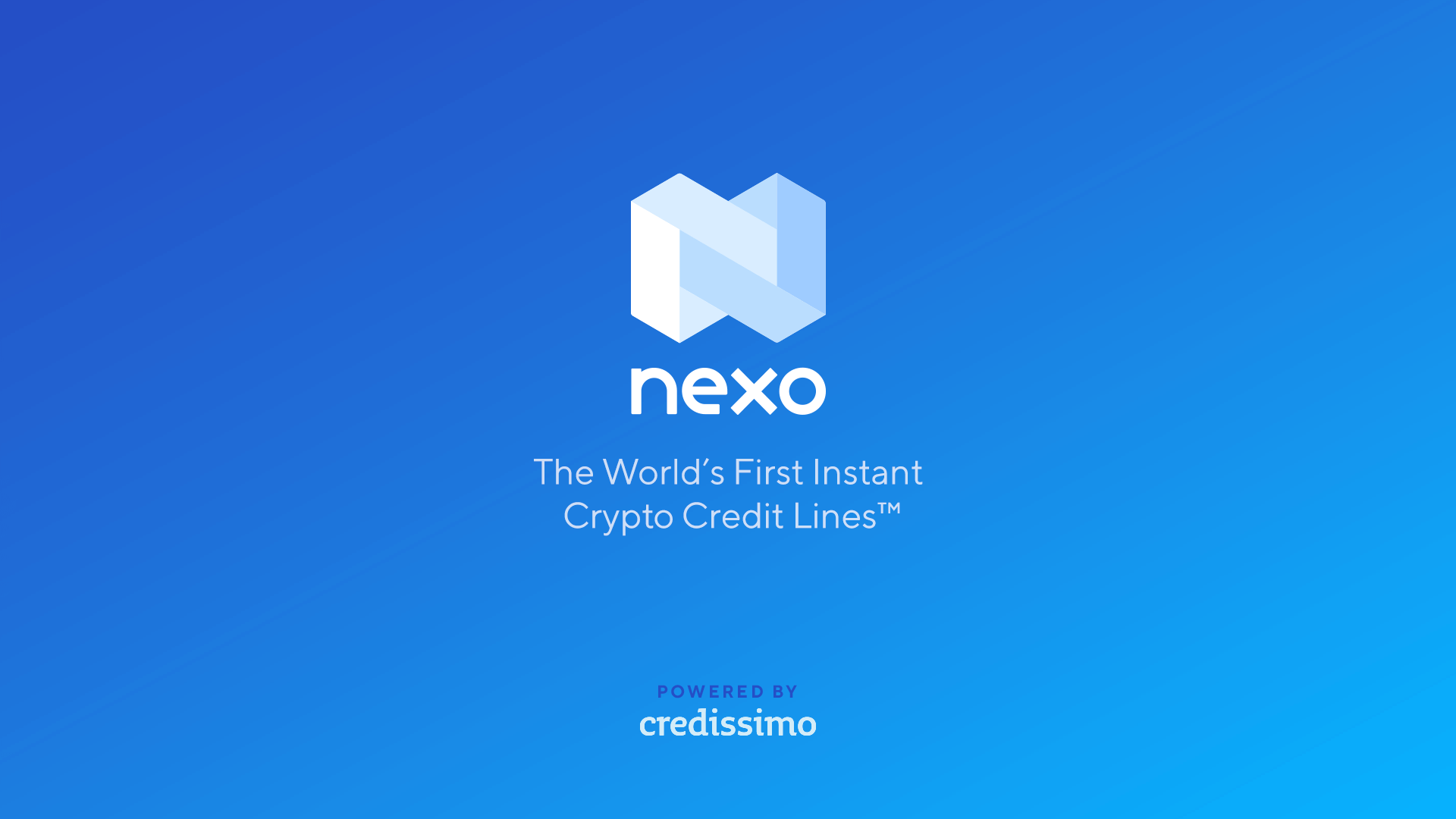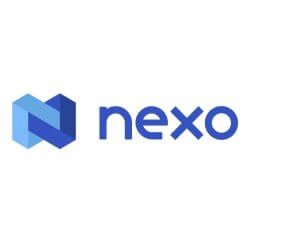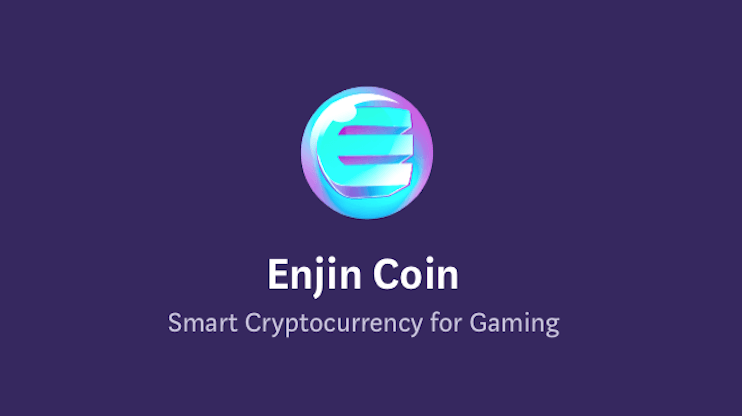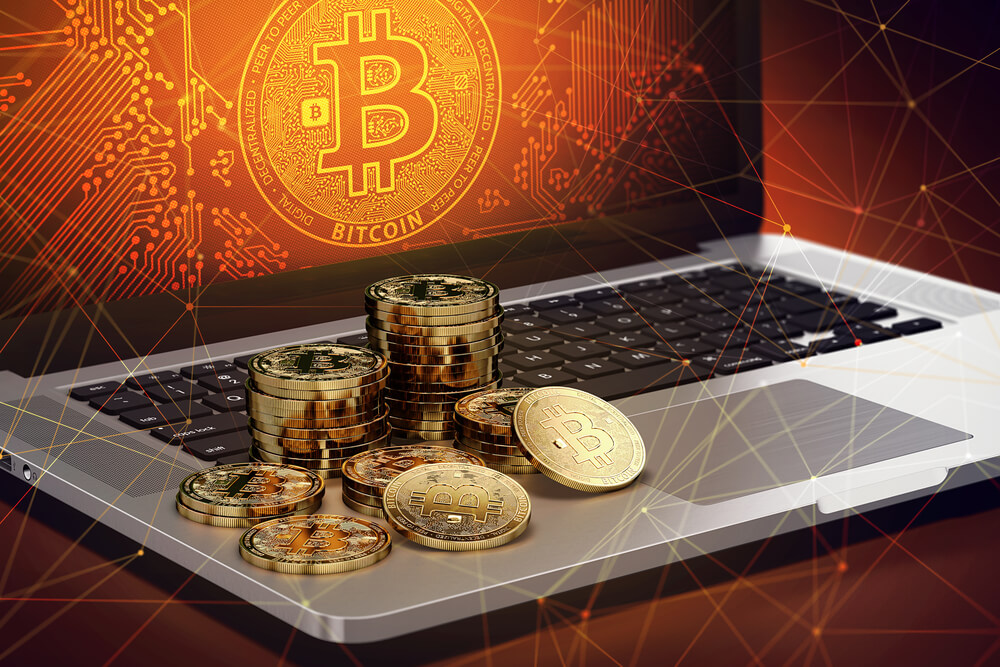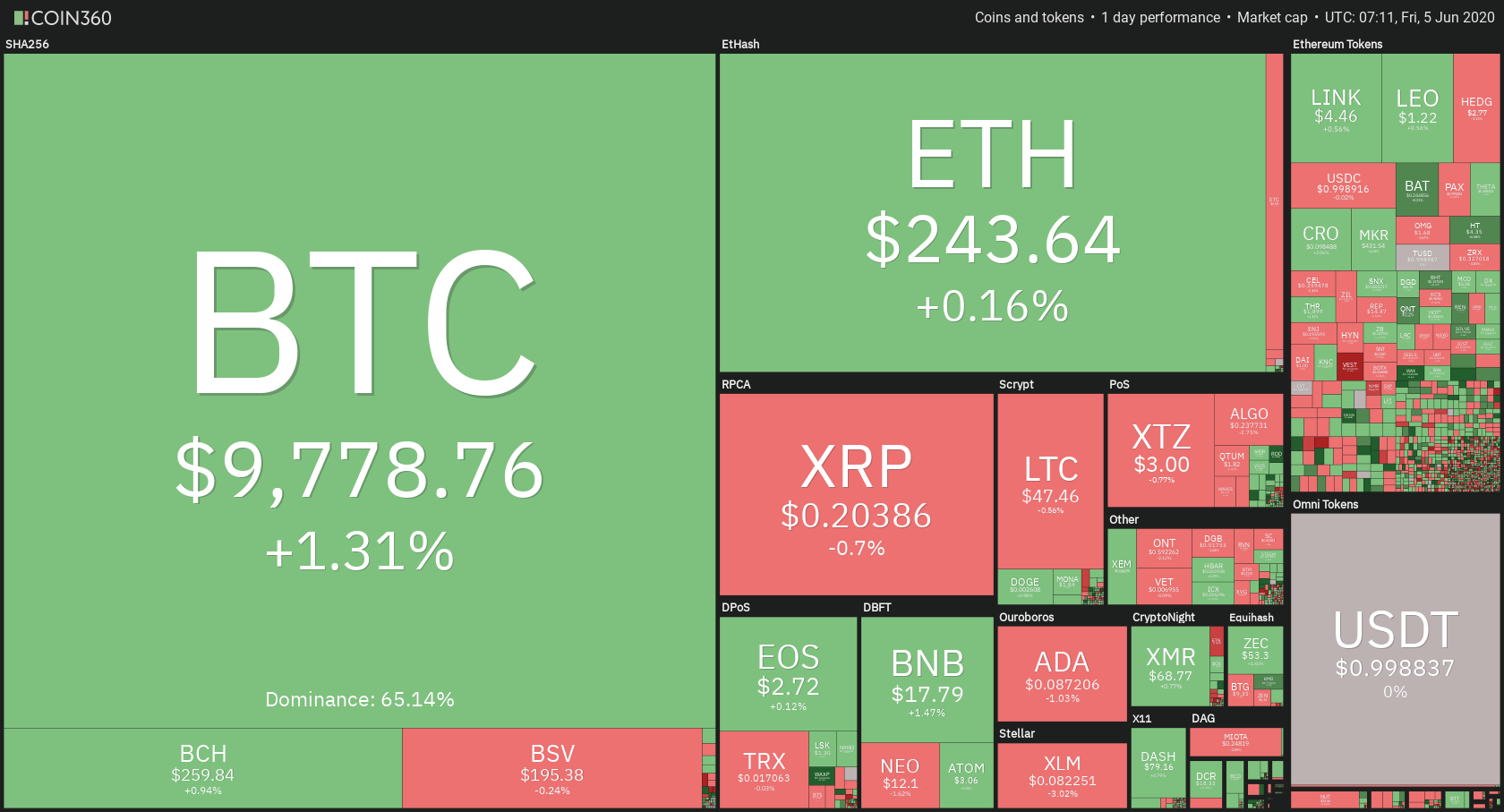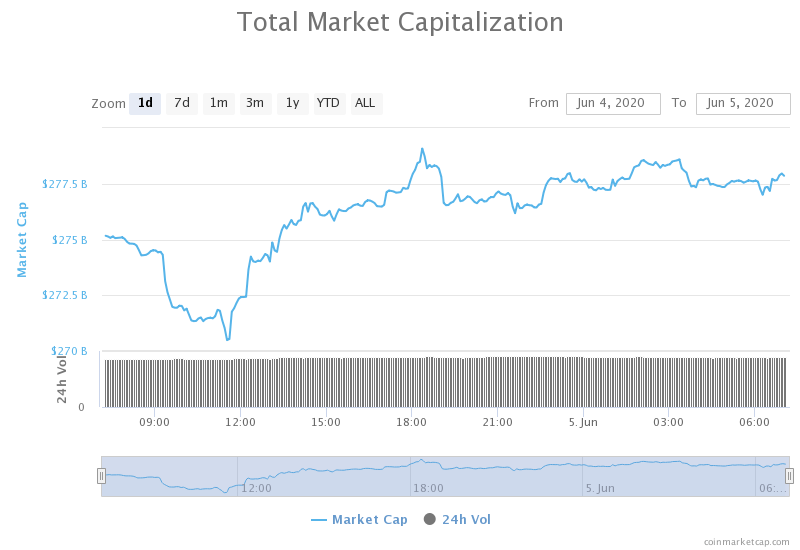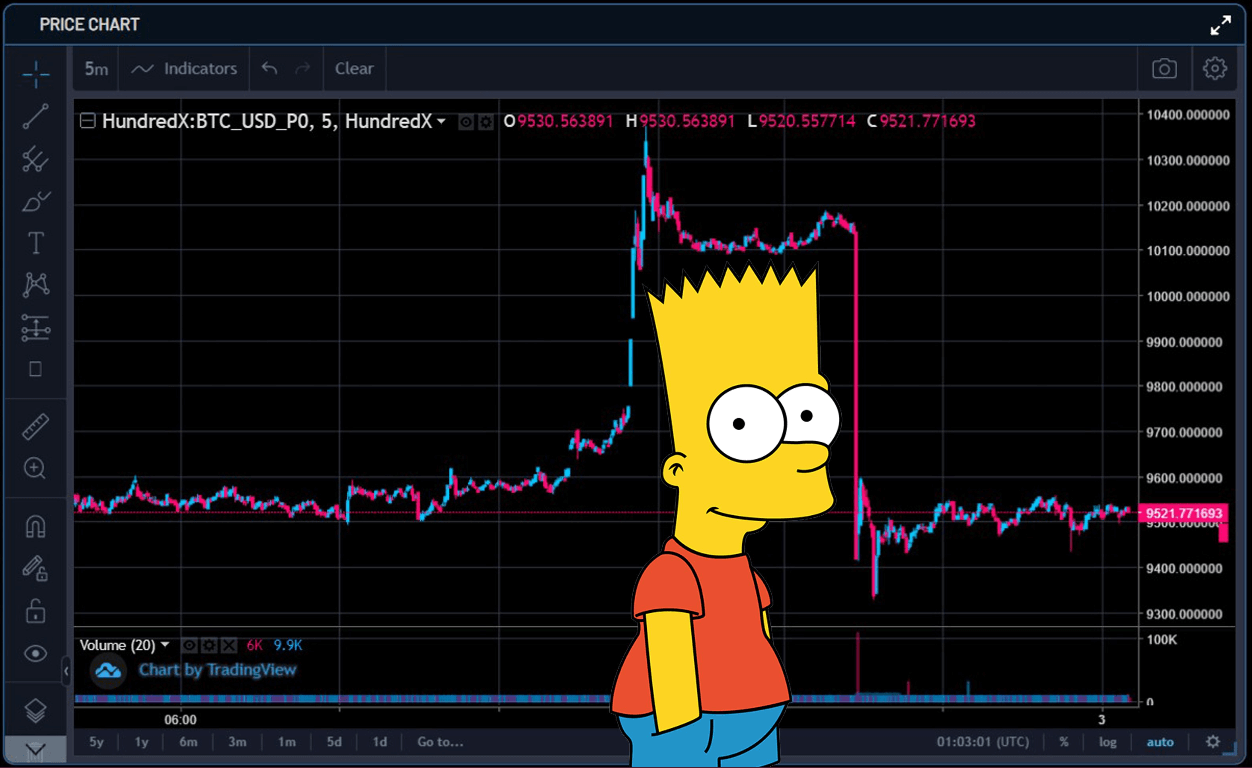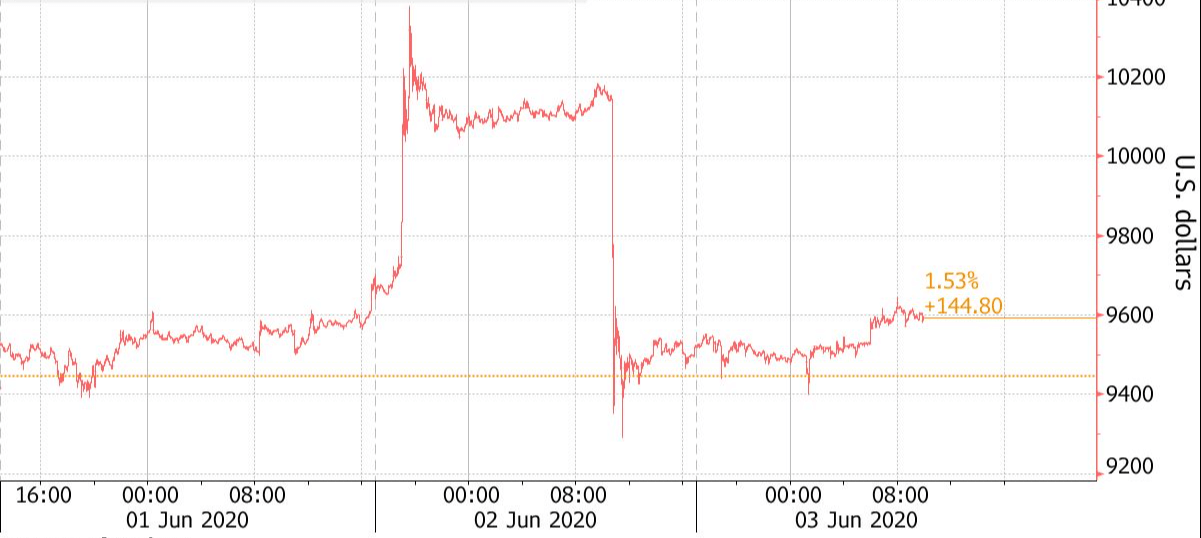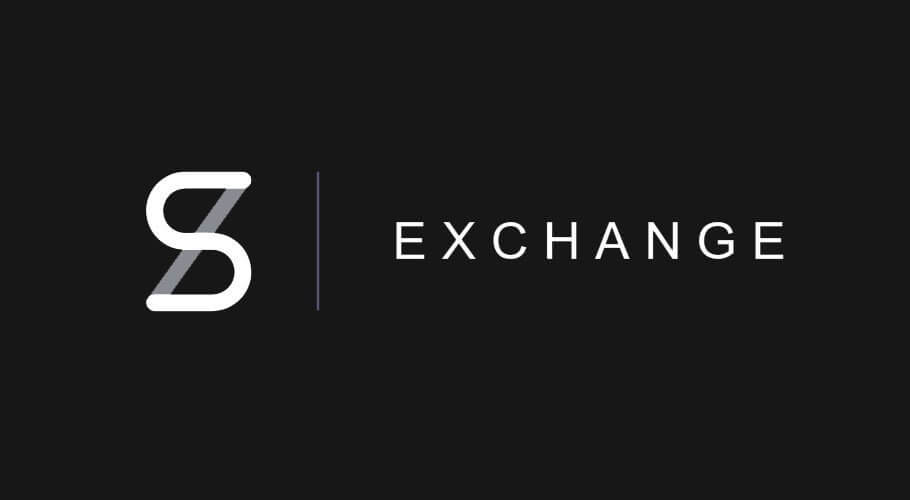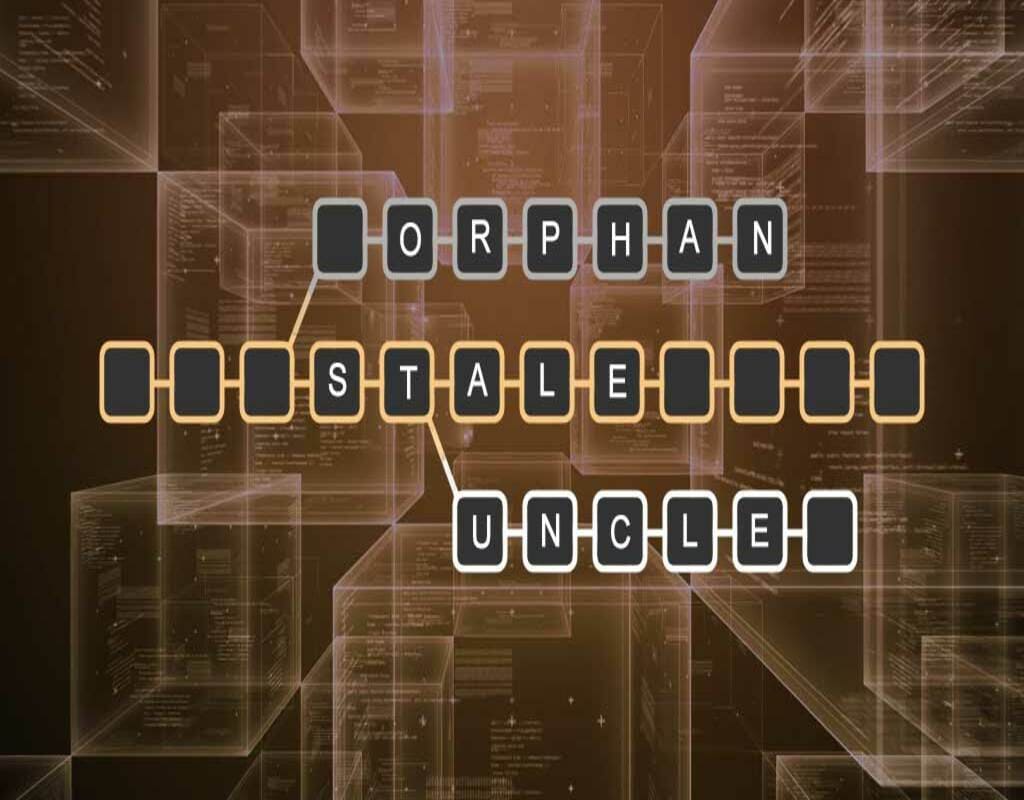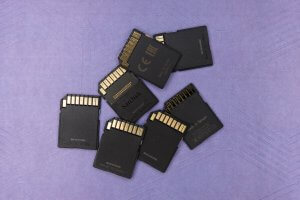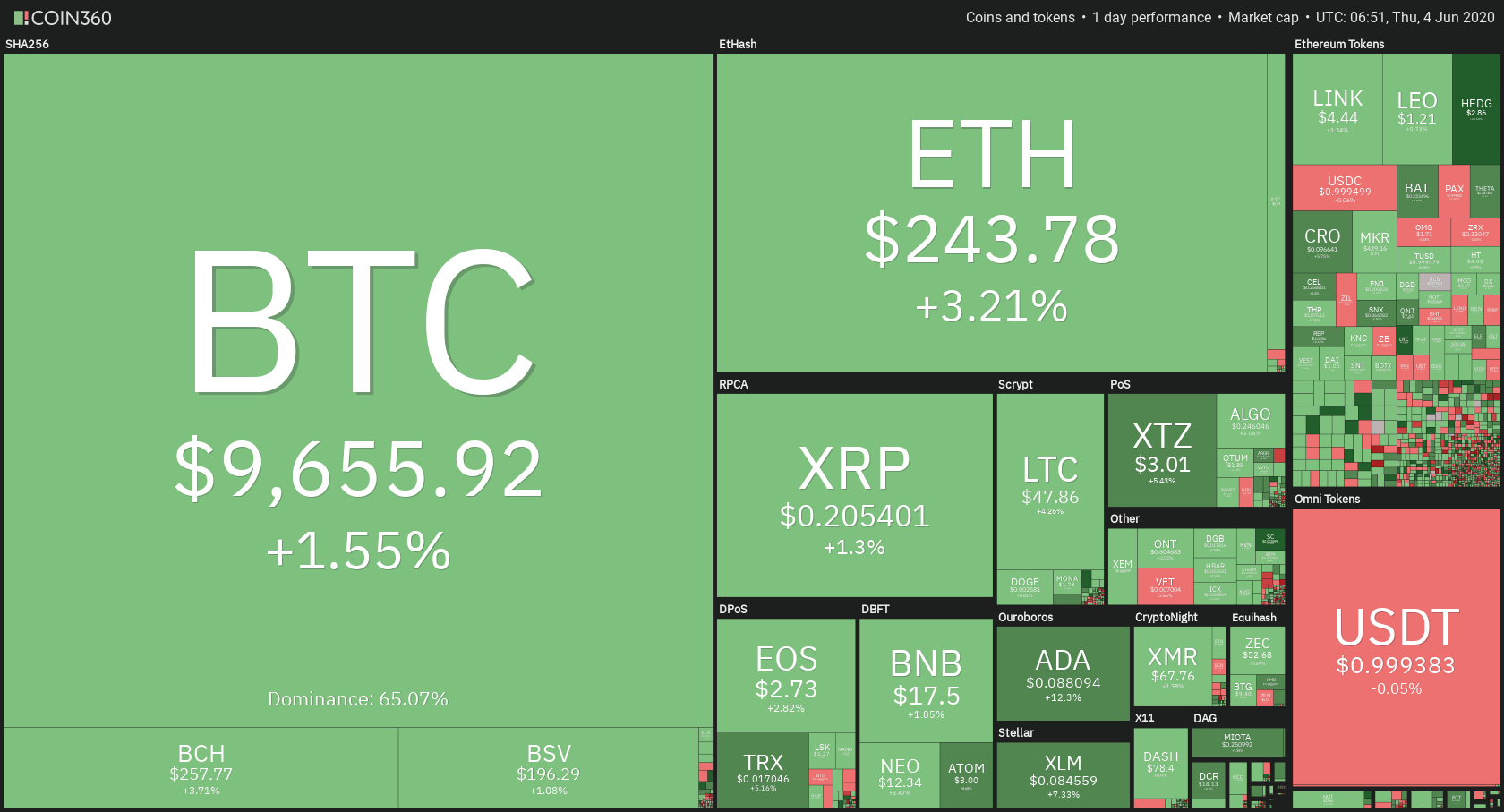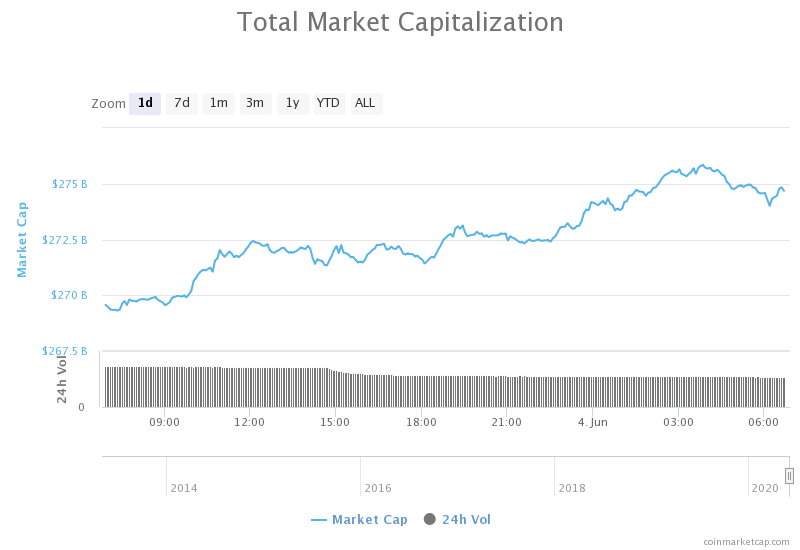FX Options Market Combined Volume Expiries. A weekly retrospective review for the financial week ending: 12, 06, 2020
Hello everybody, and thank you for joining us for the daily FX Options Market Combined Volume Expiries review for the trading week ending on Friday, 12th June 2020. Each week we will bring you a video taking a look back at the previous week’s FX option expiries and how they may have attributed to price action leading up to the maturities which happen at 10 AM Eastern Time, USA.
If it is your first time with us, the FX currency options market runs in tandem with the spot FX market, but where traders typically place Call and Put trades on the future value of a currency exchange rate and these futures contracts typically run from 1 day to weeks, or even months.
Each morning, from the FA website, our analyst, Kevin O’Sullivan, will bring you details of the notable FX Options Market Combined Volume Expiries, where they have an accumulative value of a minimum of $100M + and where quite often these institutional size expiries can act as a magnet for price action in the Spot FX arena leading up to the New York 10 AM cut, as the big institutional players hedge their positions accordingly.
Kevin also plots the expiration levels on to the relevant charts at the various expiry exchange rates and colour codes them in red, which would have a high degree of being reached, or orange which is still possible and where these are said to be in-play. He also labels other maturities in blue and where he deems it unlikely price action will be reached by 10 AM New York, and thus they should be considered ‘out of play.’ Kevin also adds some technical analysis to try and establish the likelihood of the option maturities being reached that day. These are known as strikes.
Please bear in mind that Kevin will not have factored in upcoming economic data releases, or policymaker speeches and that technical analysis may change in the hours leading up to the cut.
So let’s look at a few of last weeks option maturities to see if they affected price action.
Firstly, there were no notable options for Monday, 8th June.
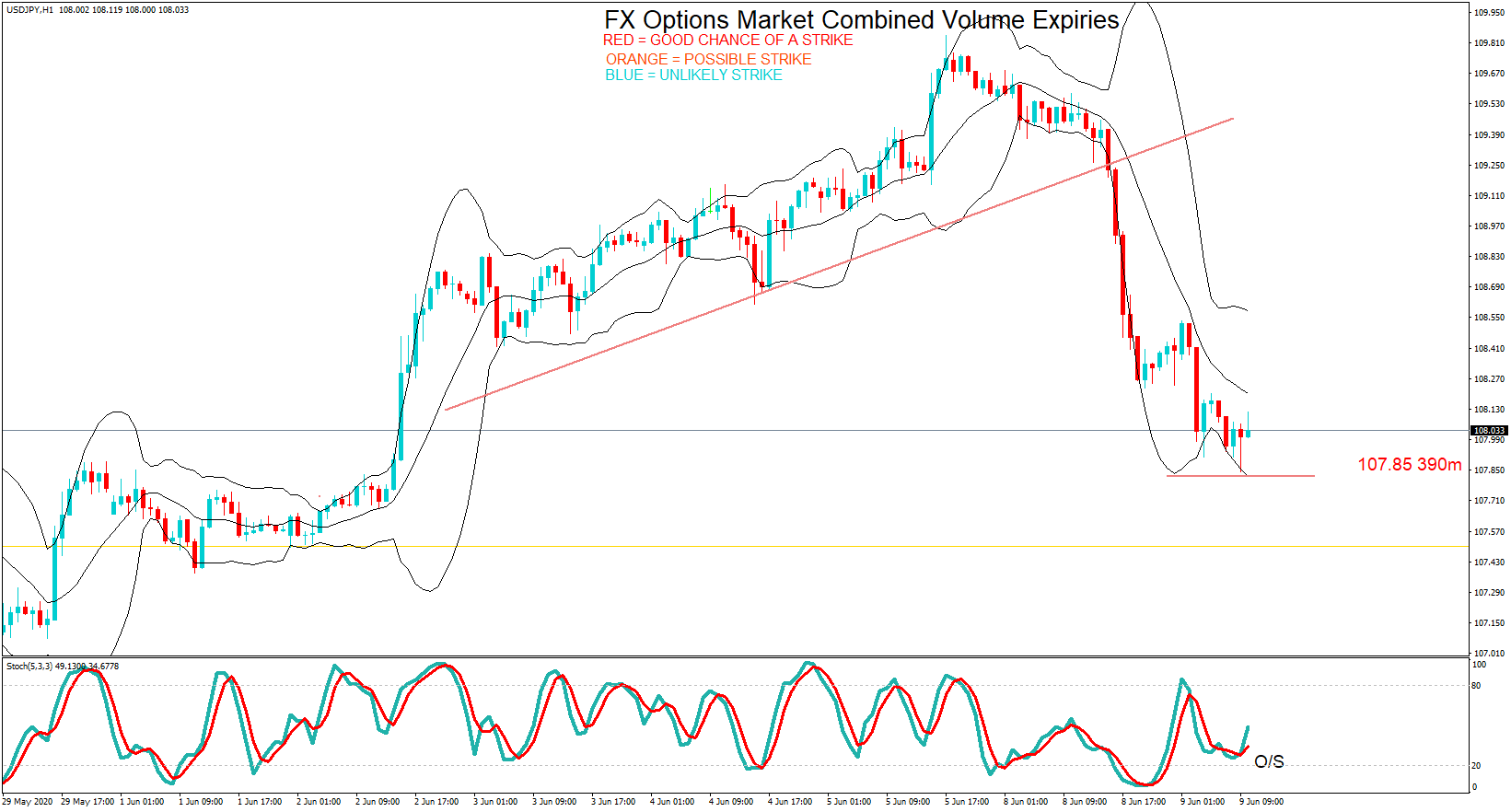
So here is the early morning analysis for Tuesday as provided by Kevin on the USDJPY pair where there was an option maturing at 107.85 in 390M US Dollars.
I’ll quote you the text as provided by Kevin: USDJPY has found support at the level of the option maturity. However, the bear move was strong. Expect more downward pressure. The option expiry remains in-play.
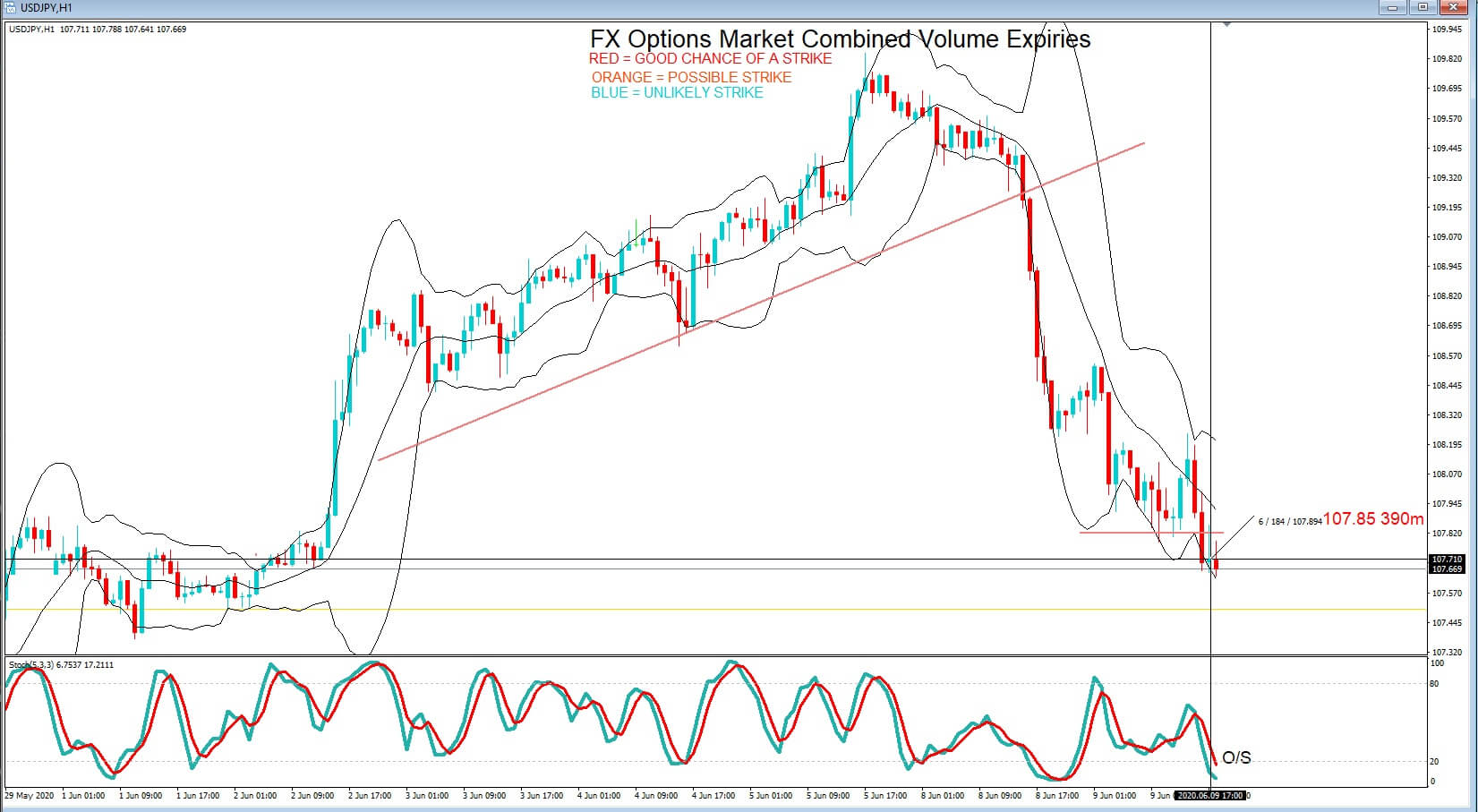
Now, let’s roll on a few hours and to the candle, which closed at the 10 AM cut. The exchange rate at this time was 107.71. Just 14 pips below the strike. So we saw that the support held out, but the bears finally got their way and pushed through the support area. Prior to this, the 107.85 maturity had been acting as a magnet for price action.
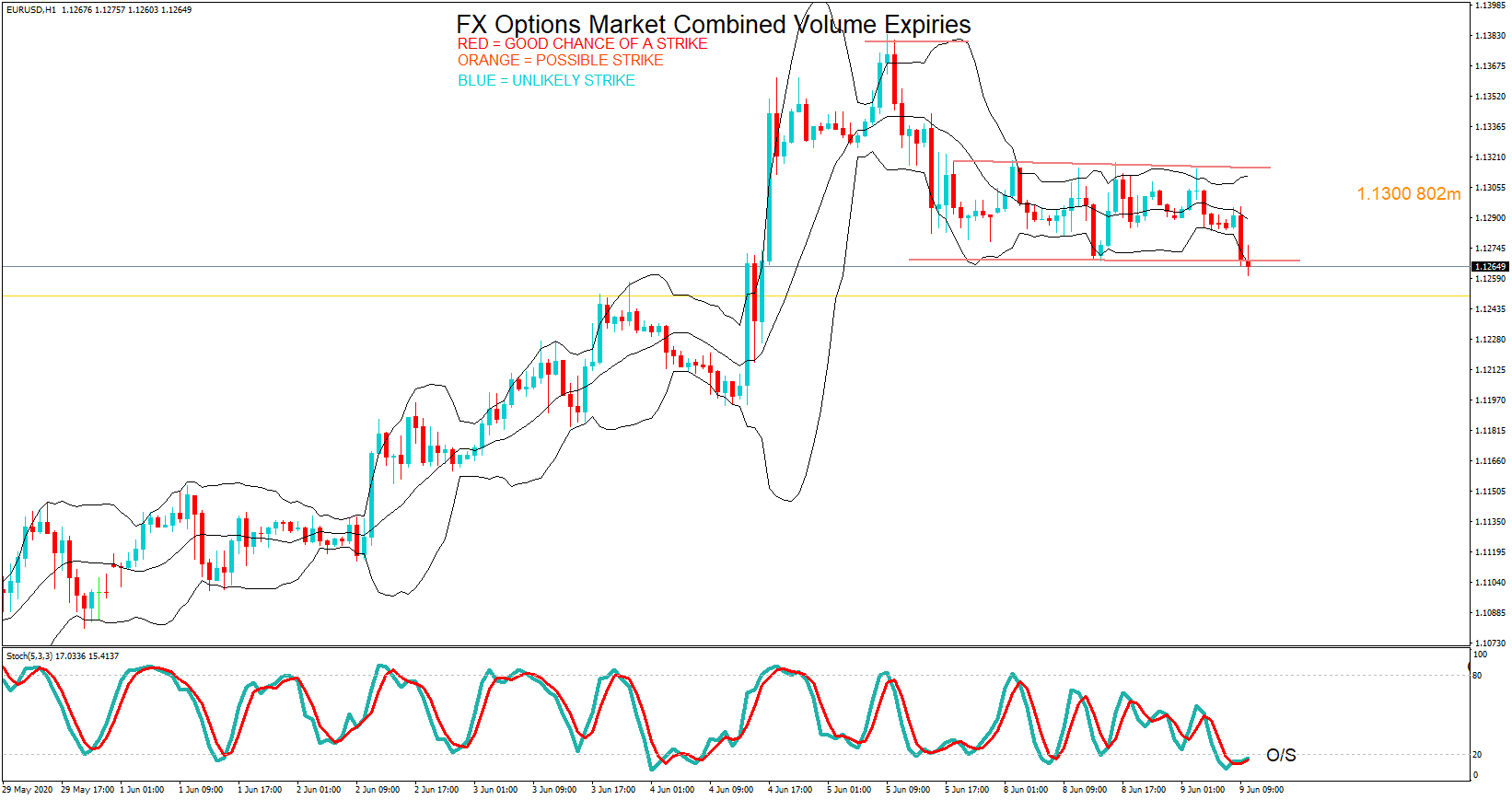
Here is the analysis for the Euro USD pair, also on Tuesday, with a large maturity at 1.1300 for €802 M. Kevin mentioned that price action was in a sideways action and that at the time of writing it was fading and retesting the downside, but that it was oversold on the one hour chart and that there were important data out in the Eurozone area.
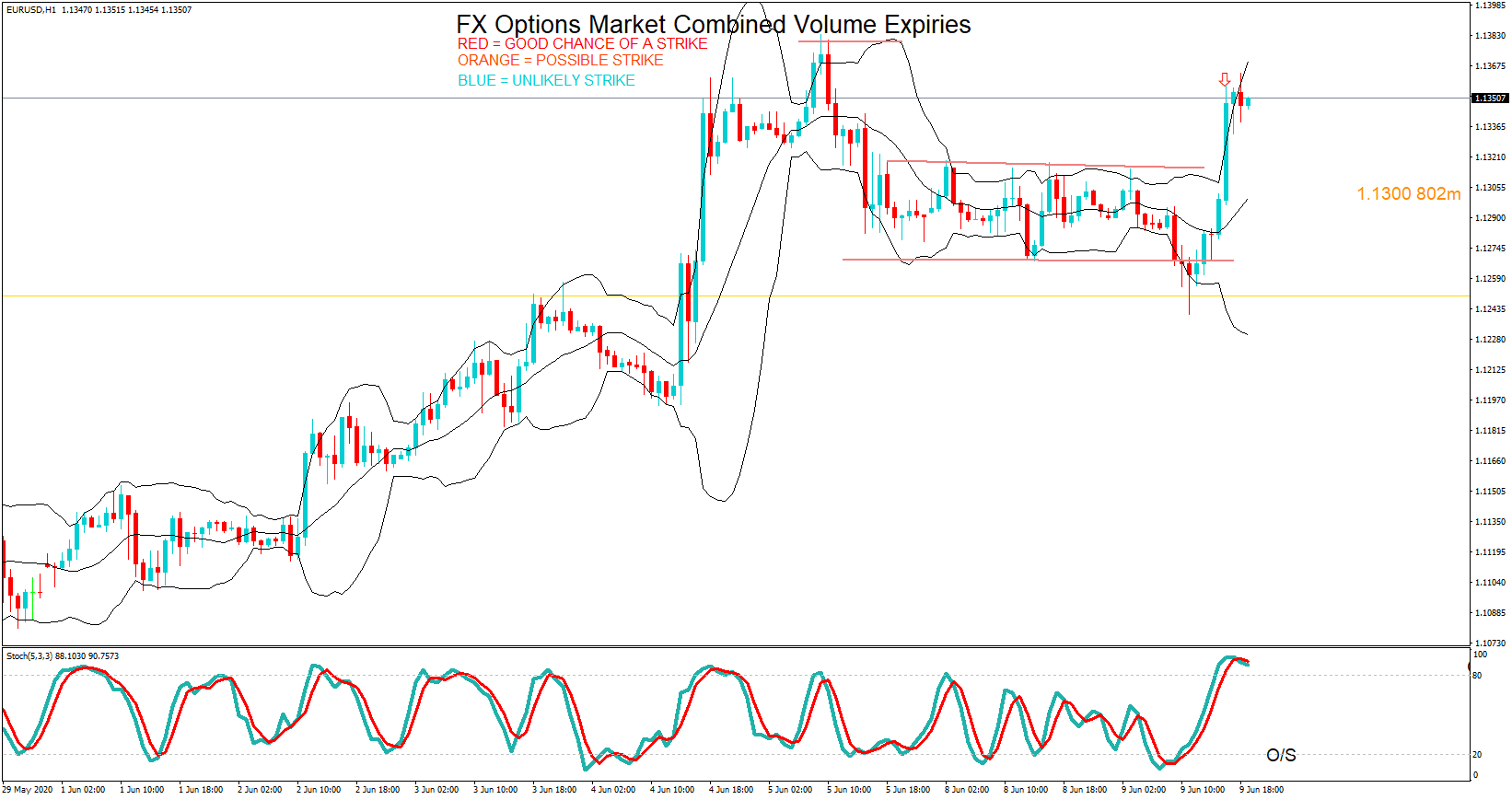
Now let’s fast forward a few hours. We can see an arrow above the candle, which took us up to 10 AM in New York cut. Subsequent to this price action pushed to a low of 1.1240, which was suggested by Kevin before rebounding. Price action was around the 1.1300 maturity one hour before the cut. However, momentum simply carried the pair up to the high of 1.1362. Traders who purchased a premium option for a Put would have been in the money as the price was above the maturity at the time of the cut.
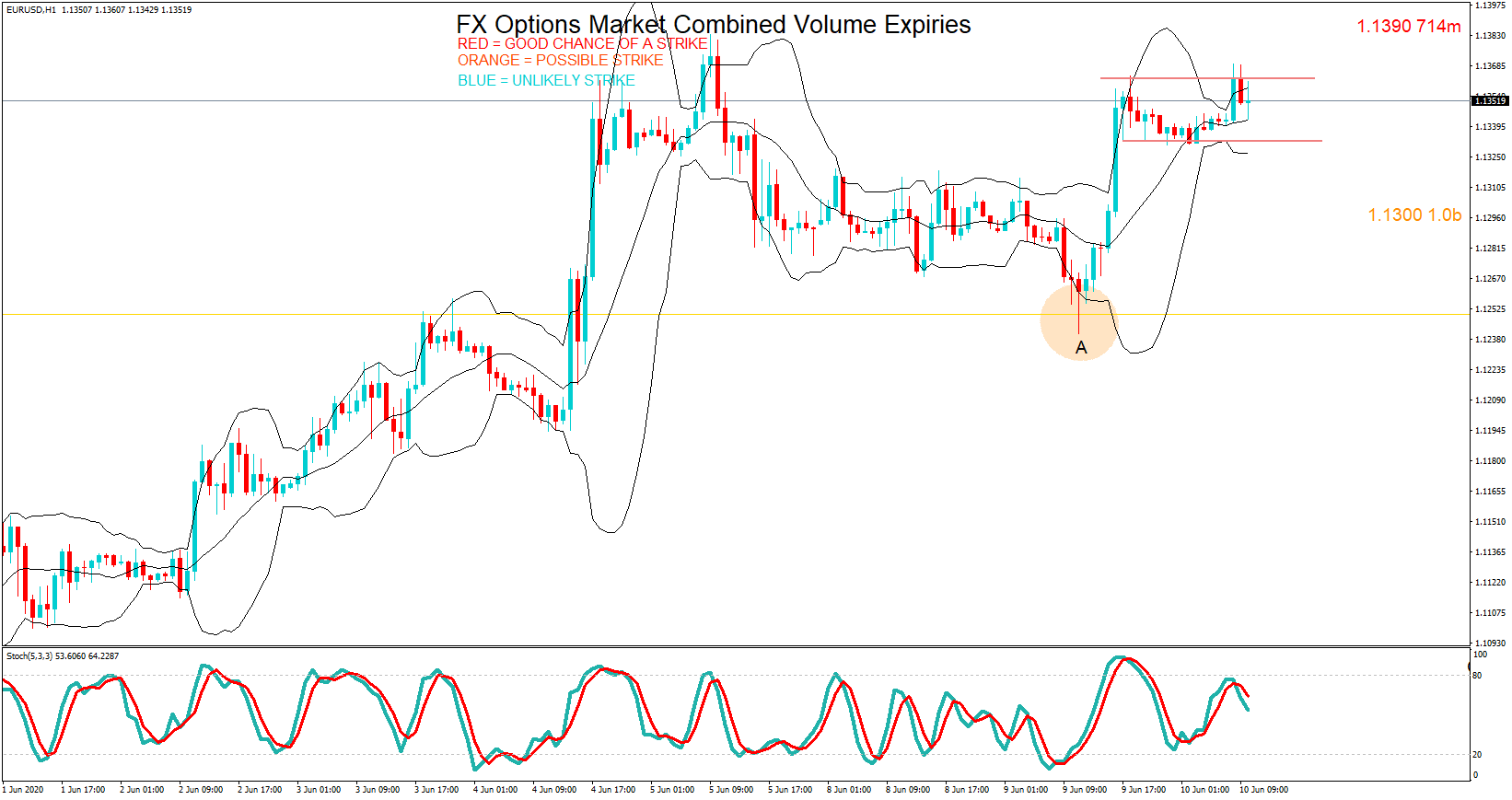
On Wednesday we had two expiries on the Euro Usd pair, and Kevin’s analysis was based on the sideways price action of the pair on the one hour chart and also the fact that it needed to break above the resistance line and form a candle above it for a continuation up to the 1.1390 cut to be possible.
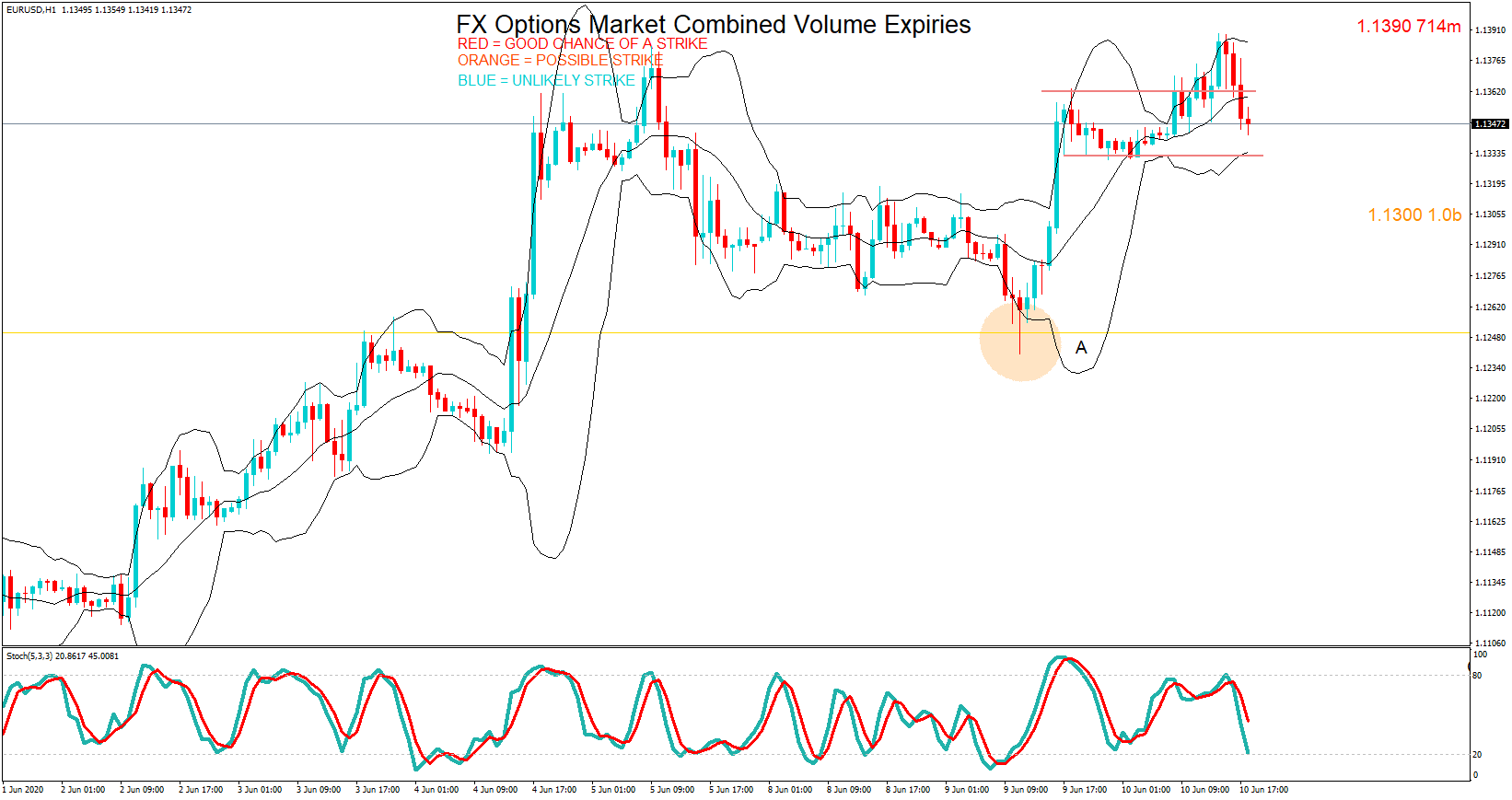
A few hours later, and this was the picture. Price did form a candle above the resistance line and moved to within two pips of the maturity, before falling lower.
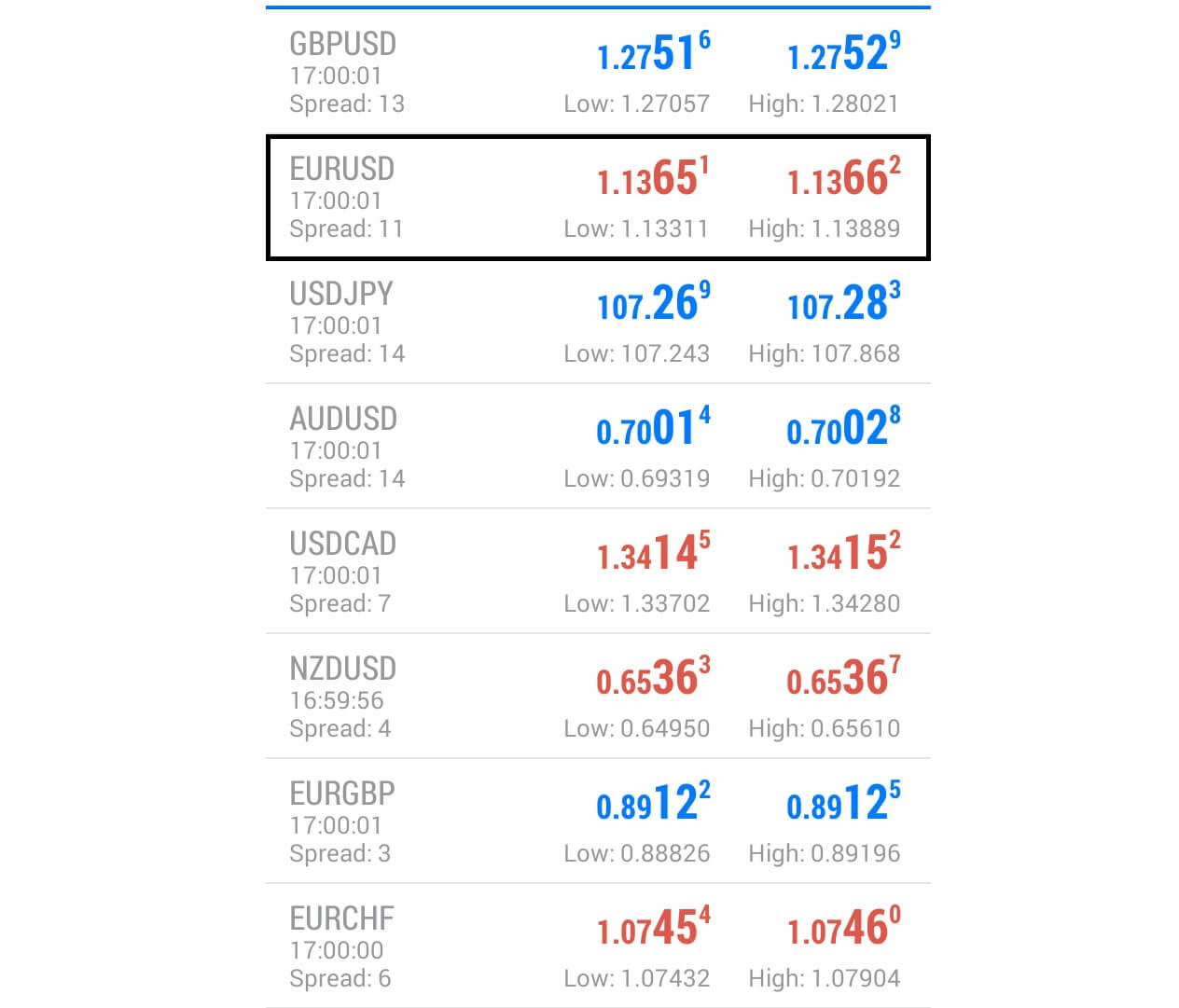 Here, we can see that the price action at the maturity was 1.1366, just 24 pips away.
Here, we can see that the price action at the maturity was 1.1366, just 24 pips away.
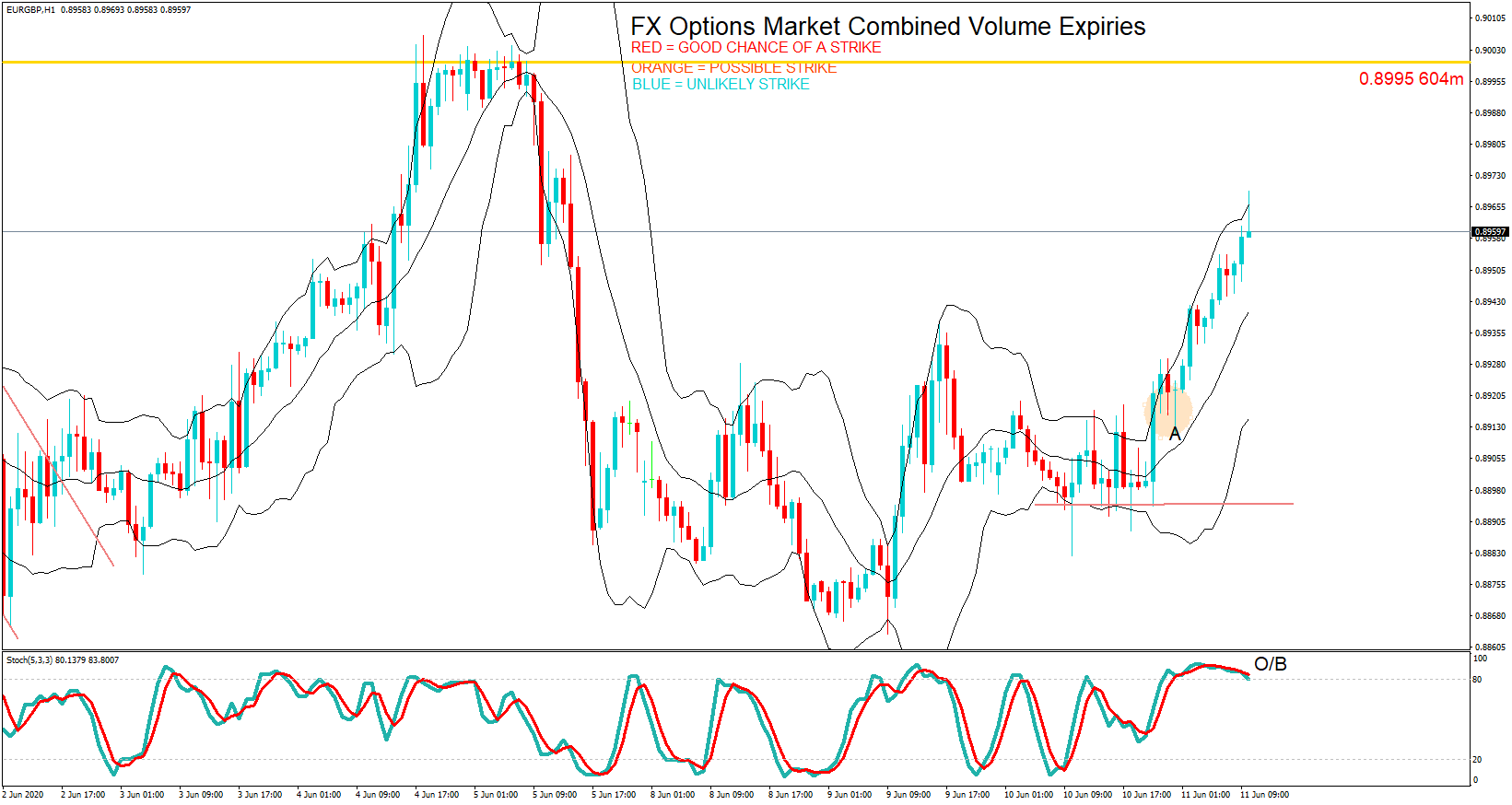
Let’s move forward to Thursday. Here we have the EURGBP pair, which was trading at 0.8959 at the time of the analysis where Kevin reposted the bull run was strong.
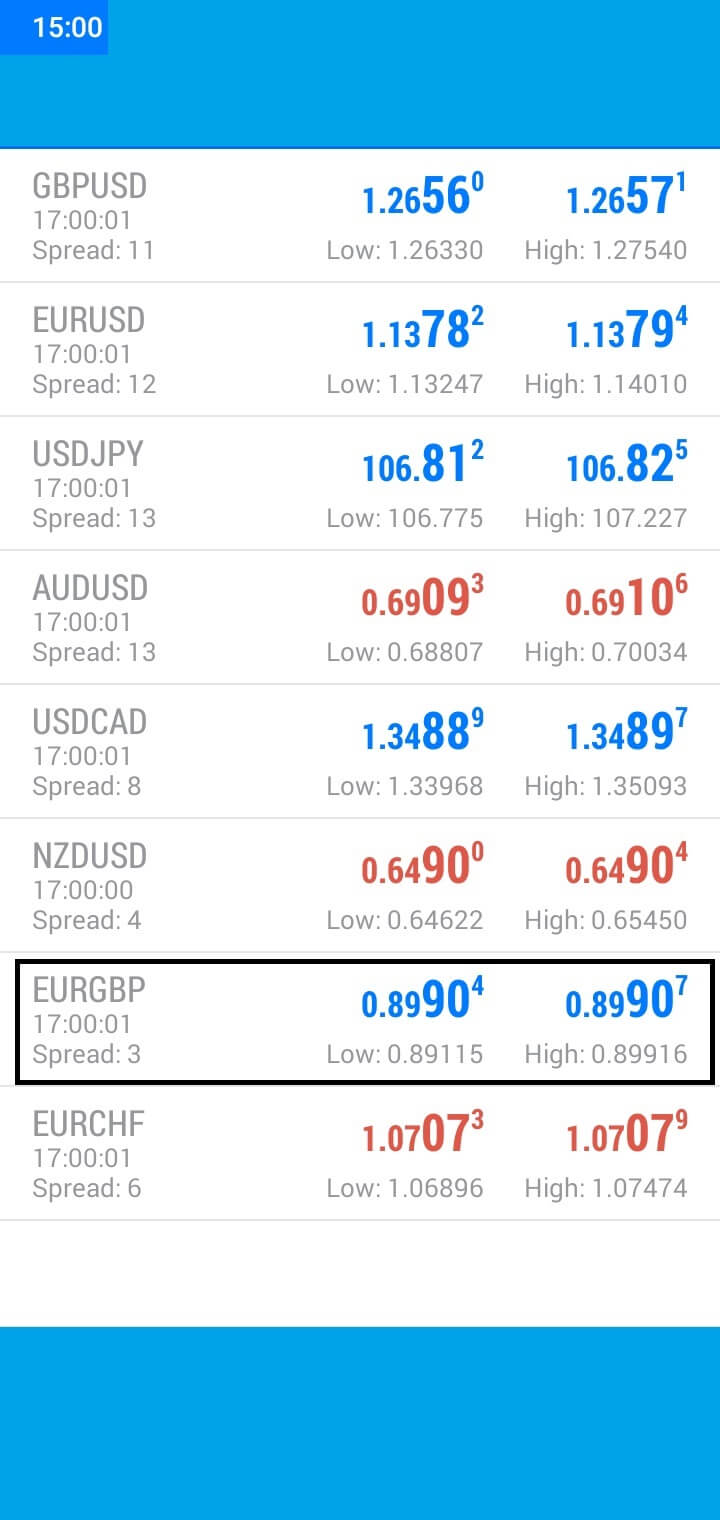 The pair continued to rally during the European session and hit 0.8990at the 10 AM Cut, just five pips away from the maturity.
The pair continued to rally during the European session and hit 0.8990at the 10 AM Cut, just five pips away from the maturity.
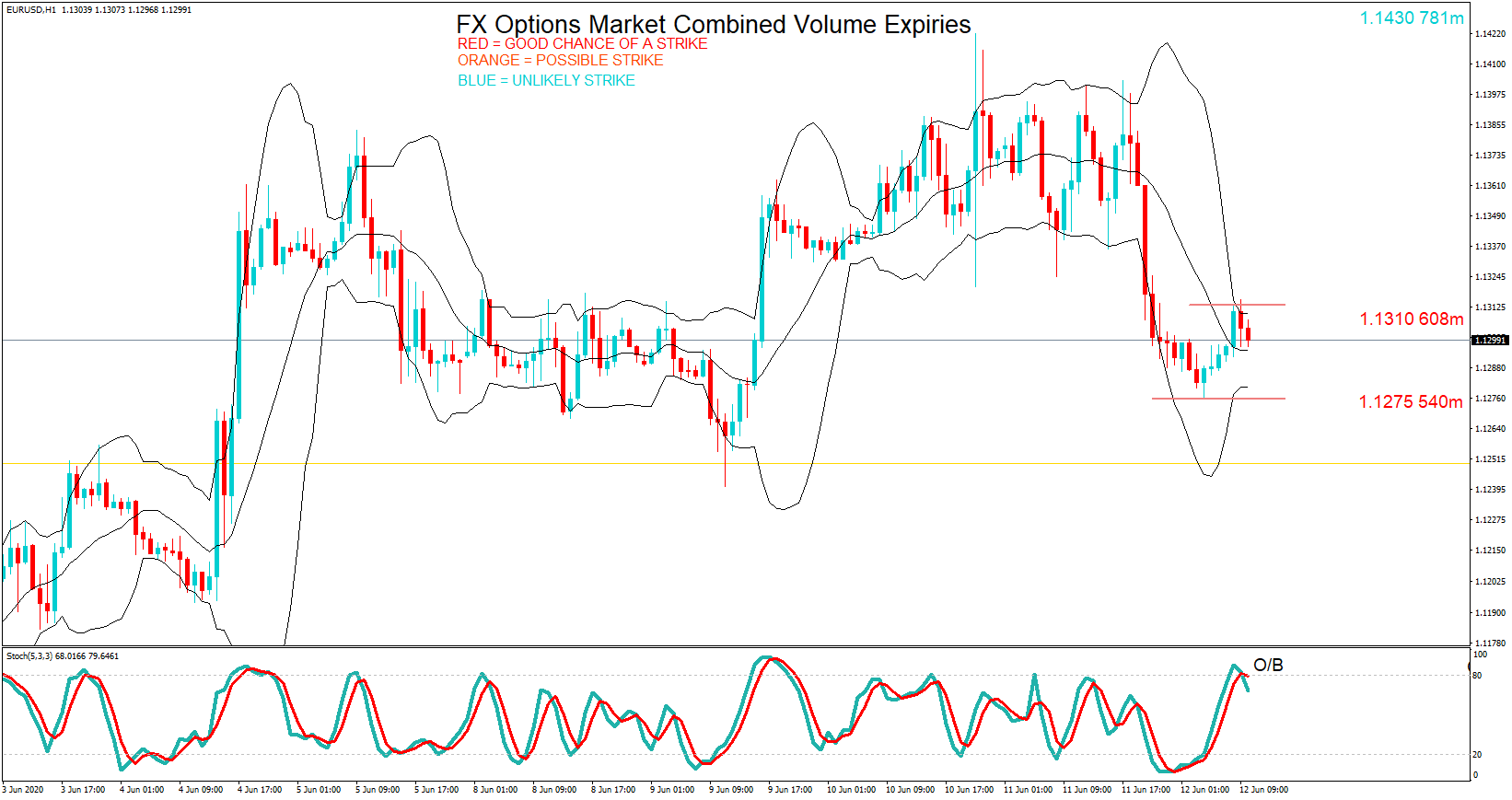
On Friday the 12th, We had three option expiries for the EURO Usd pair.

The exchange rate at 10 AM New York was 1.1302, just eight pips below the 1.1310 option
expiration Kevin labeled in Red.
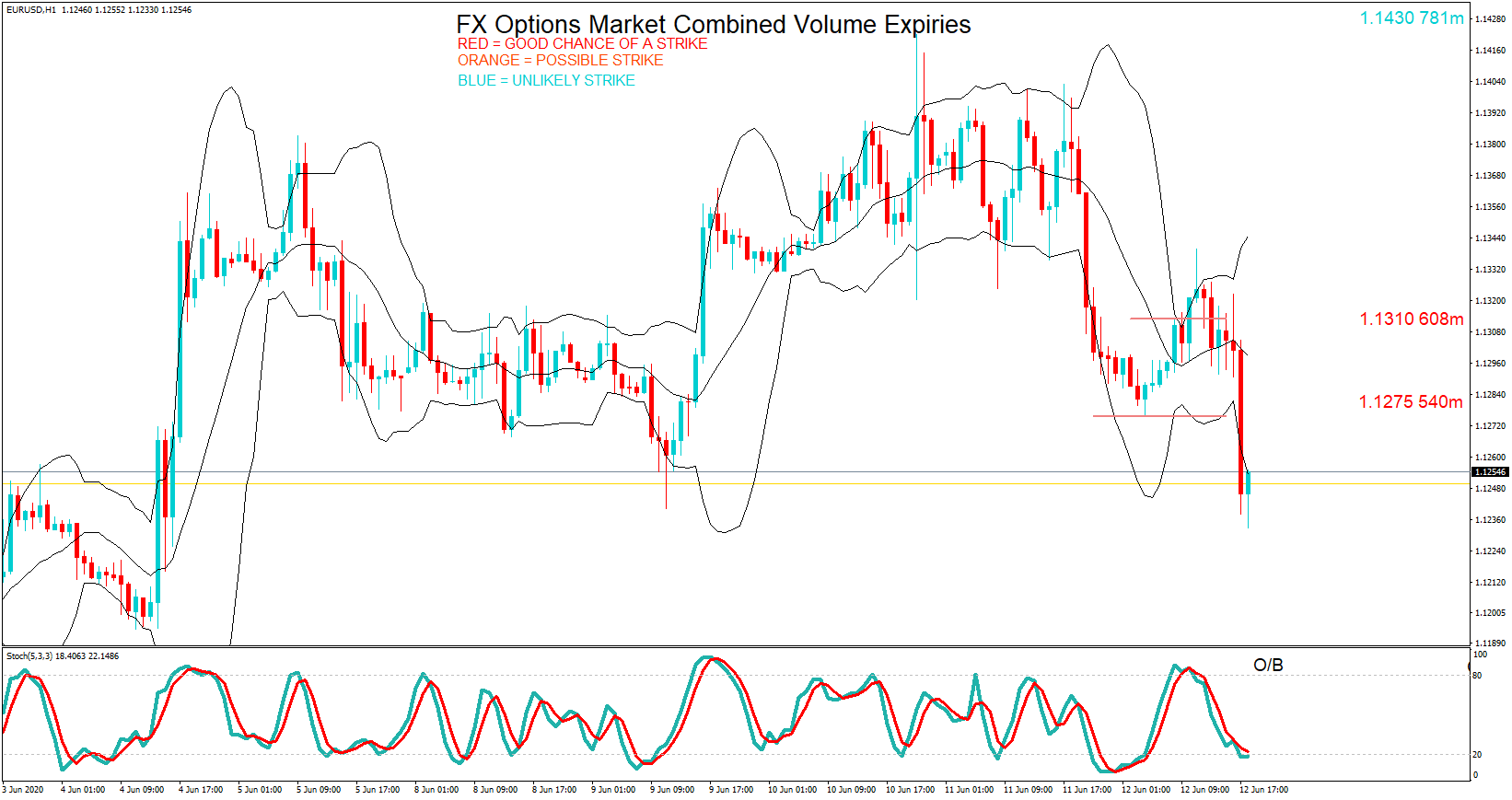
in fact price action remained elevated until the cut at which time the pair softened to a low of 1.1332
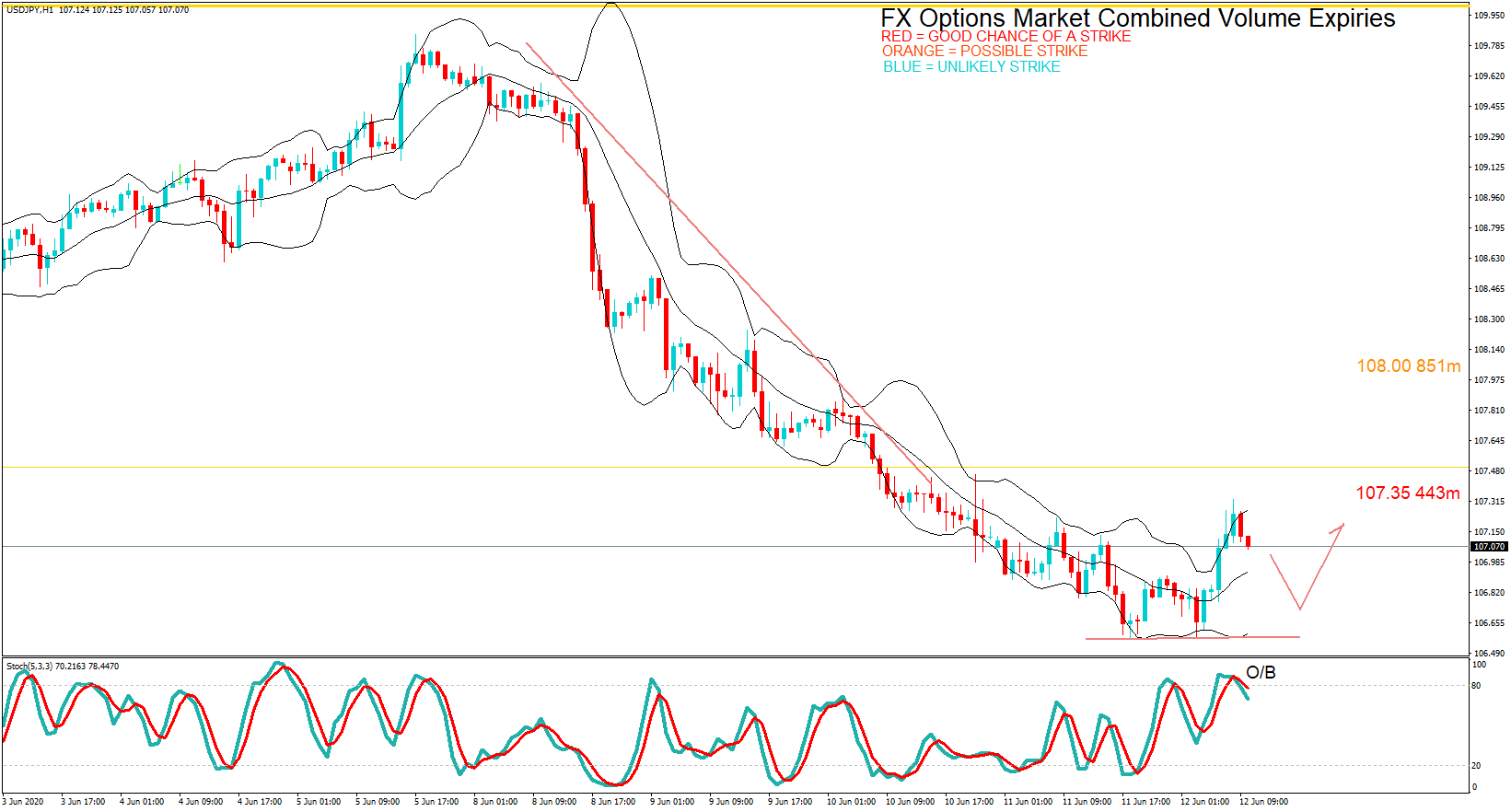
Lets now take a look at USD Japanese Yen; We have an option expiration at 107.35
Kevin suggested a dip in price action before a retracement to the maturity in his analysis.
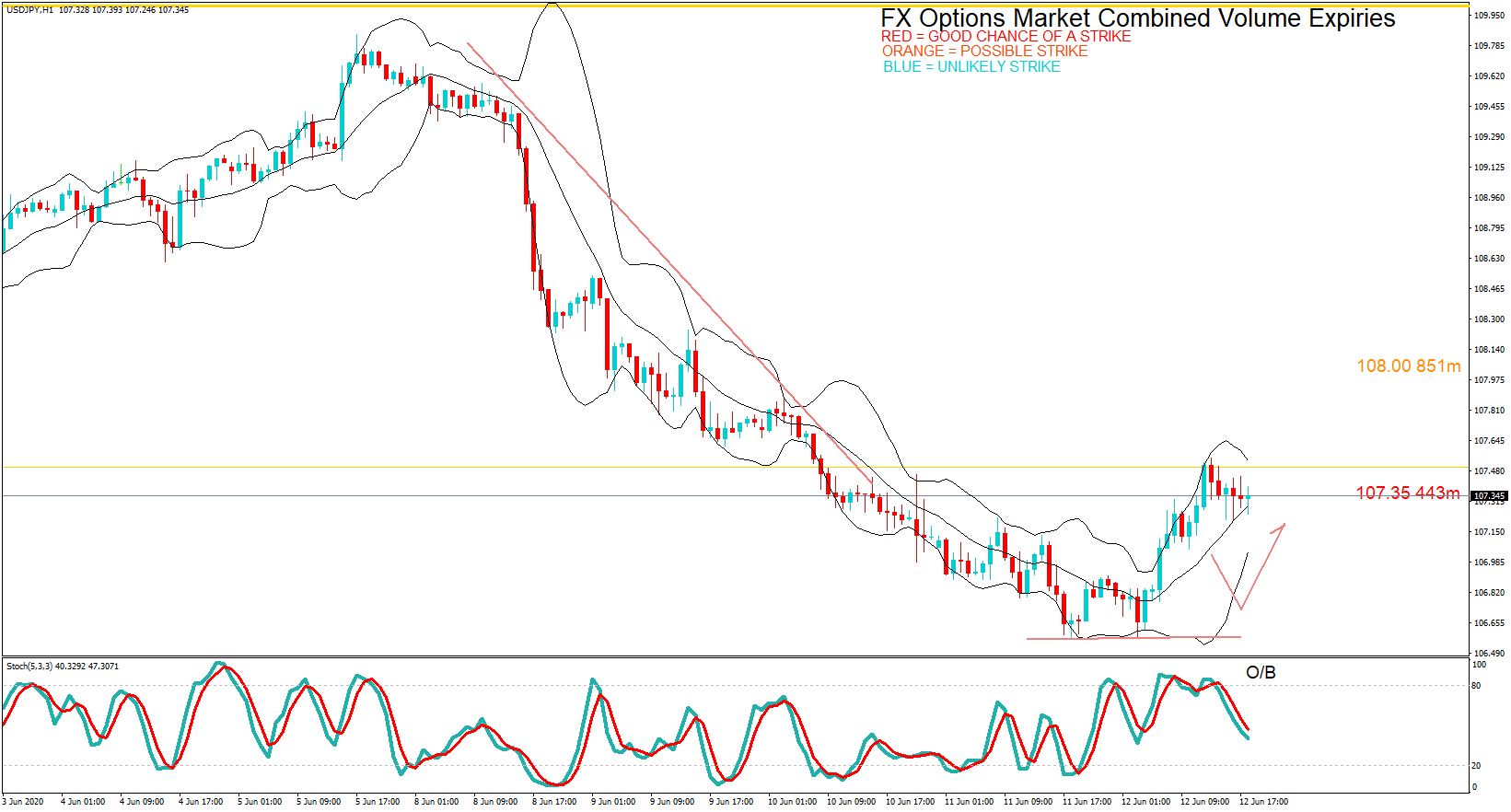
There was indeed a slight pullback and then a continuation higher.
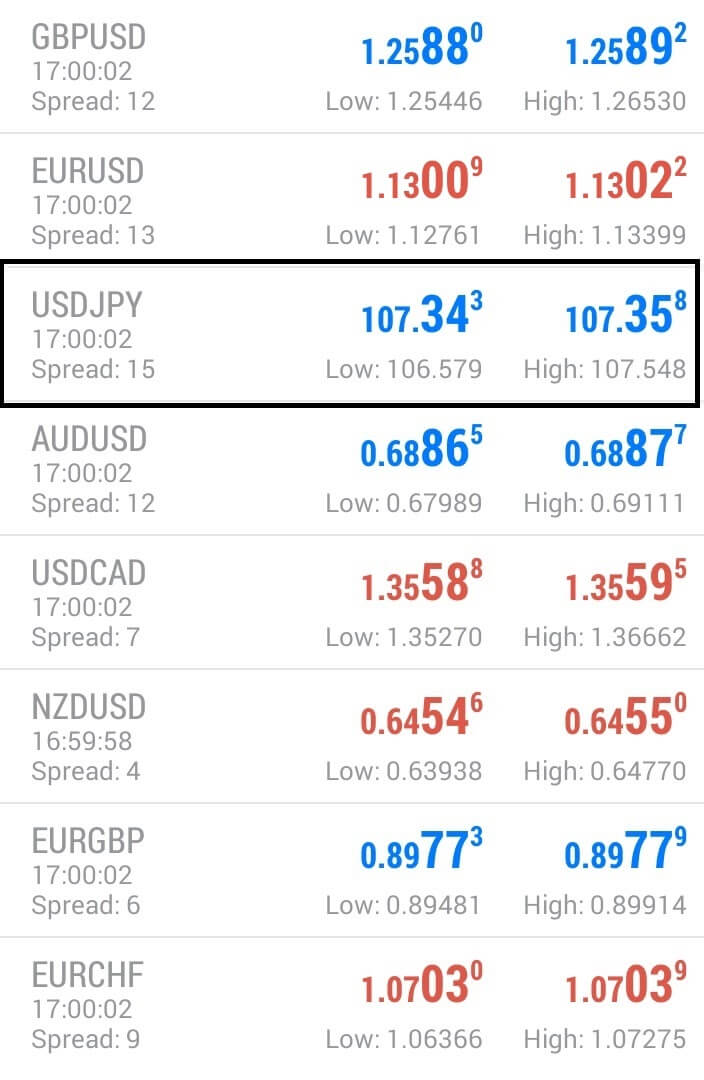
and here, we can see the exchange rate at maturity was 107.35, which was an official strike.
Please remember, Kevin’s technical analysis is based on exchange rates, which may be several hours earlier in the day and may not reflect price action at the time of the maturities.
We suggest you get into the habit of visiting the FA website each morning just after 8 AM BST and take the levels and plot them onto your own trading charts and incorporate the information into your own trading methodology in order to use the information to your advantage.
Remember, the higher the amount, the larger the gravitational pull towards the exchange rate maturity at 10:00 AM Eastern time.
For a detailed explanation of FX options and how they affect price action in the spot forex market, please follow the link to our educational video.







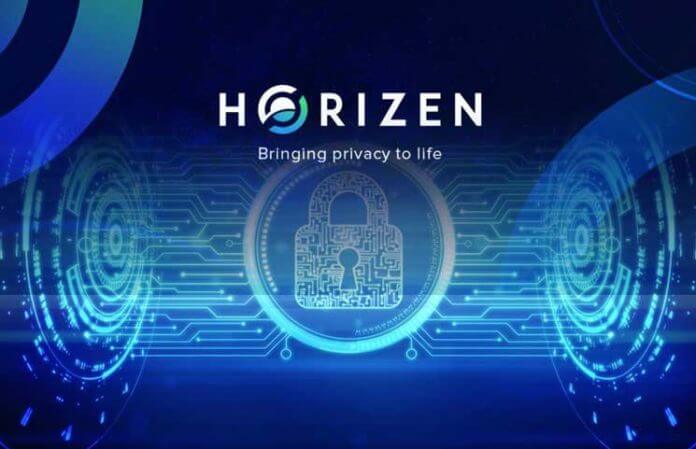

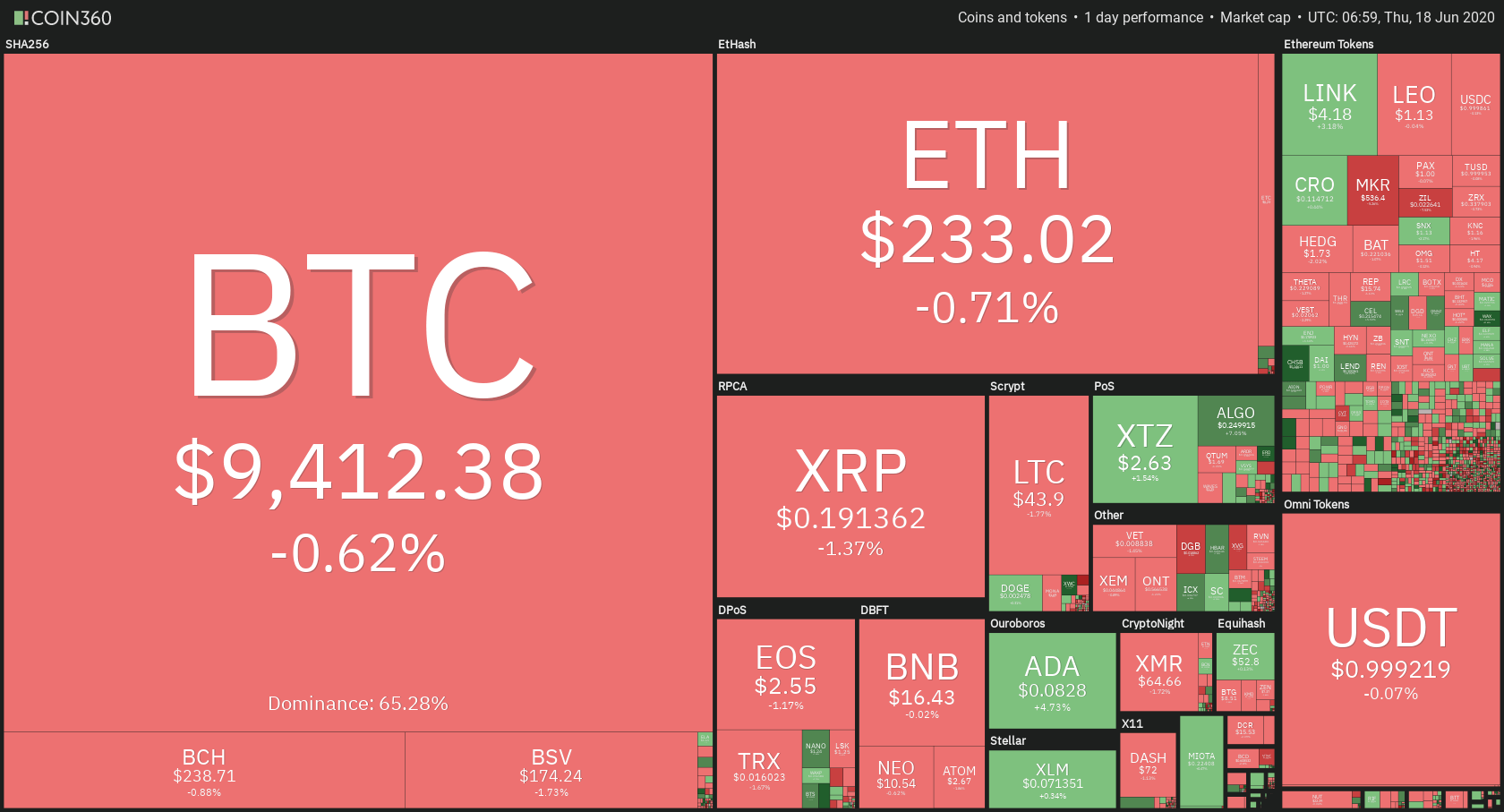
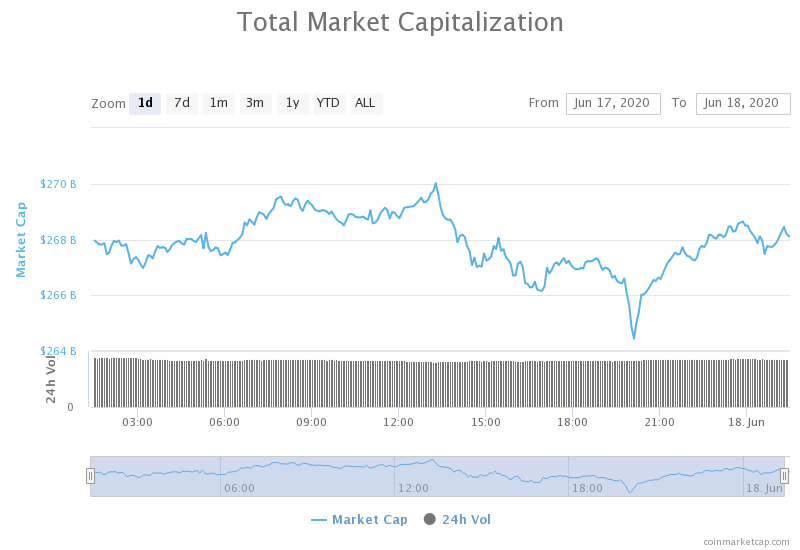

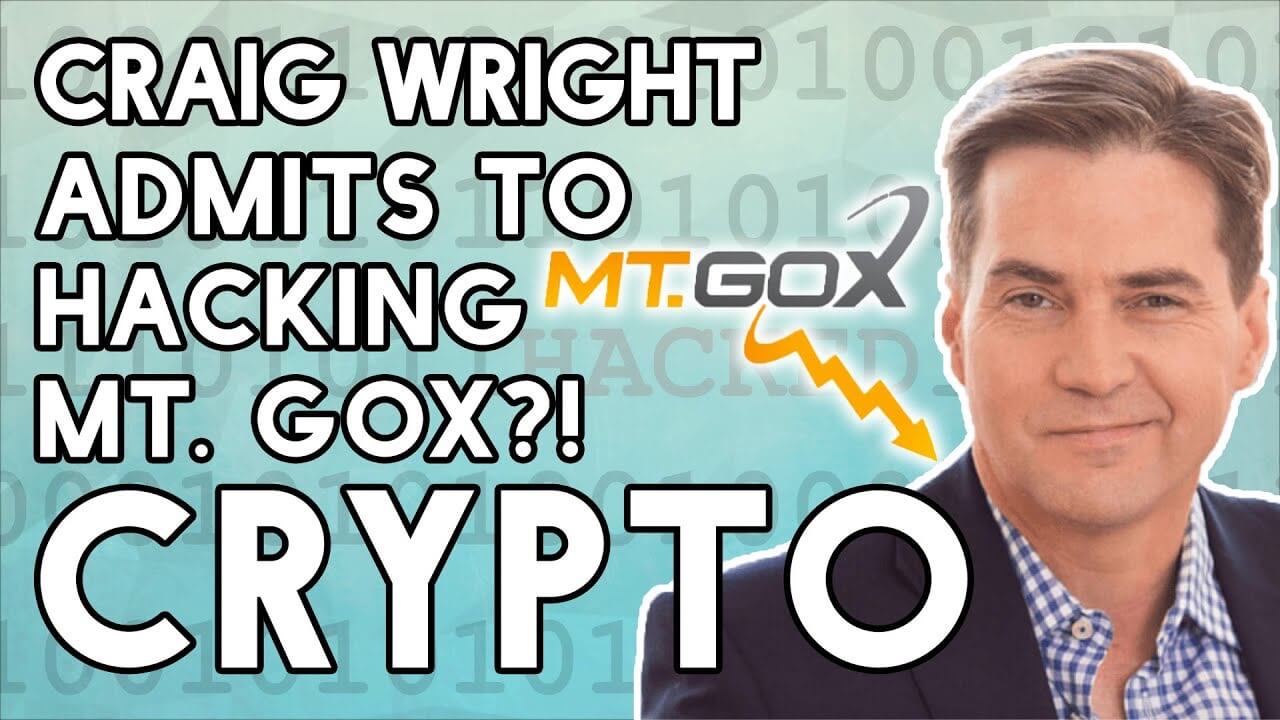
 Craig Wright’s legal team seems to have alleged that Wright controls one of the BTC addresses that is affiliated with the Mt. Gox hack.
Craig Wright’s legal team seems to have alleged that Wright controls one of the BTC addresses that is affiliated with the Mt. Gox hack.
